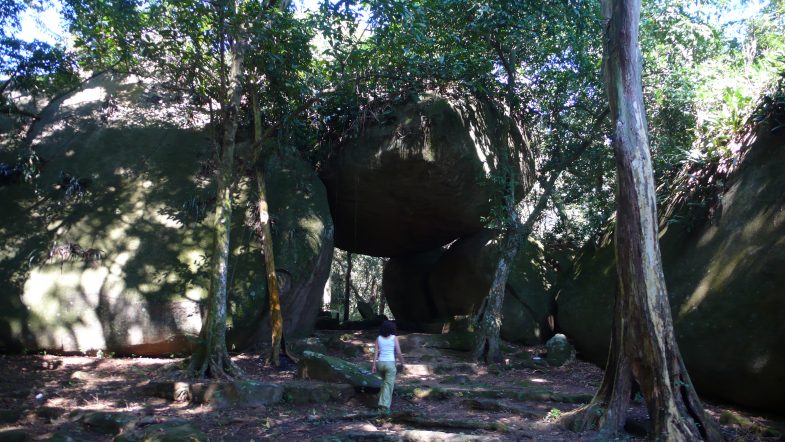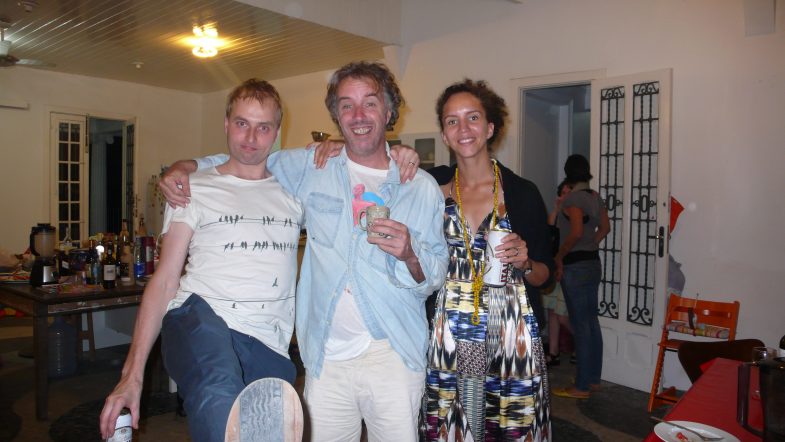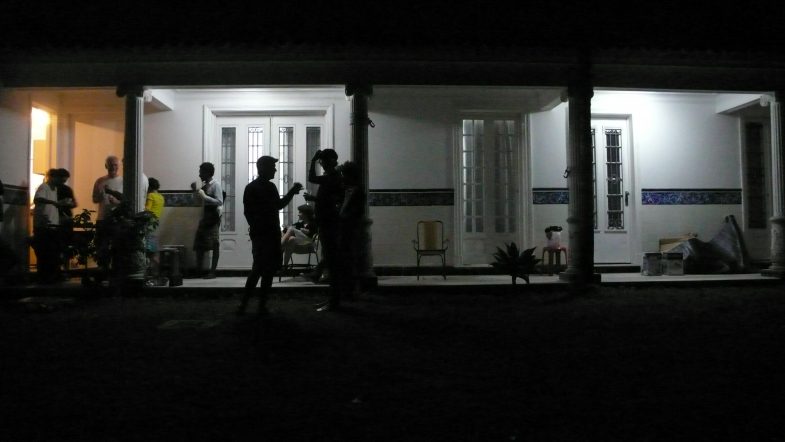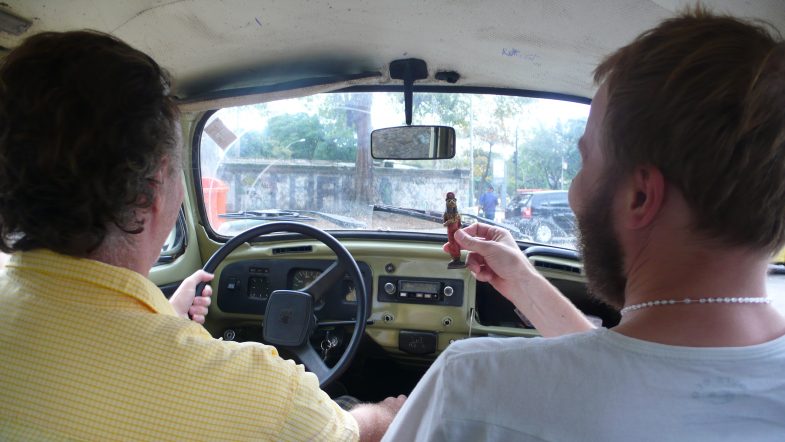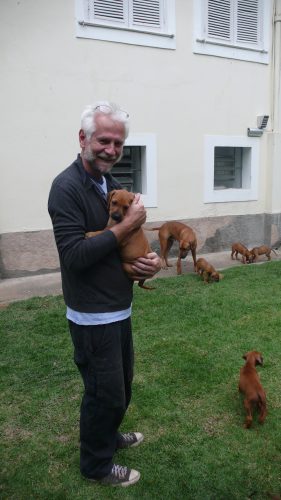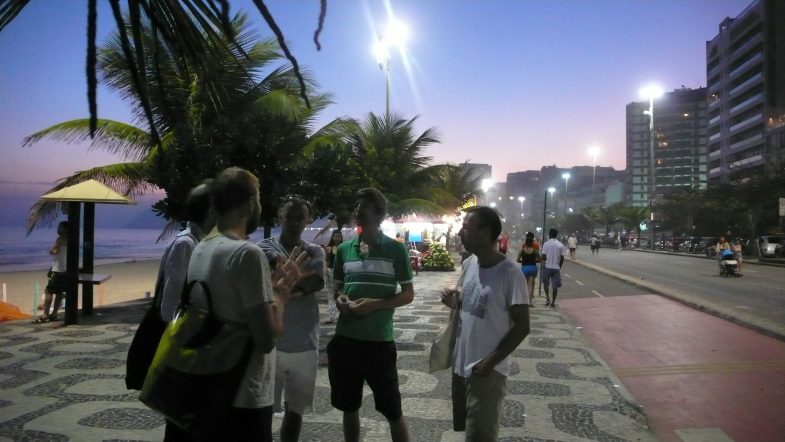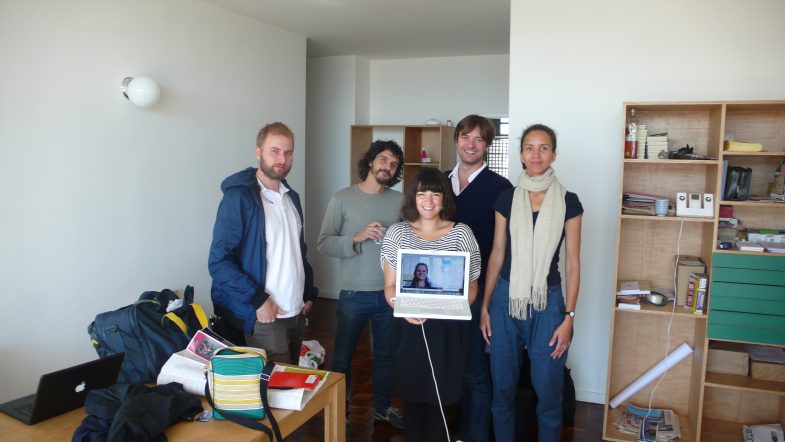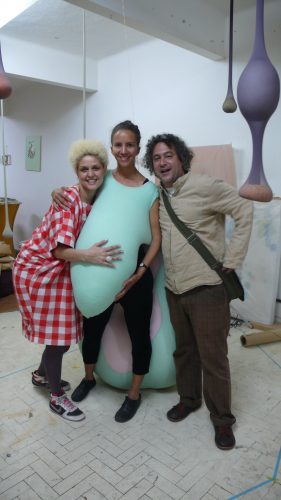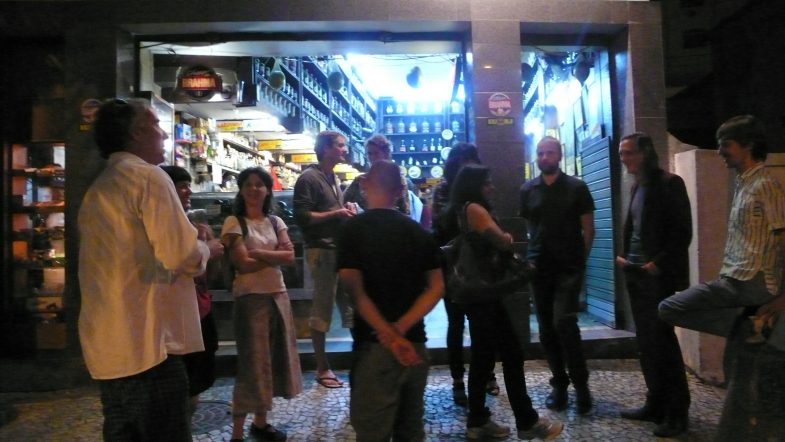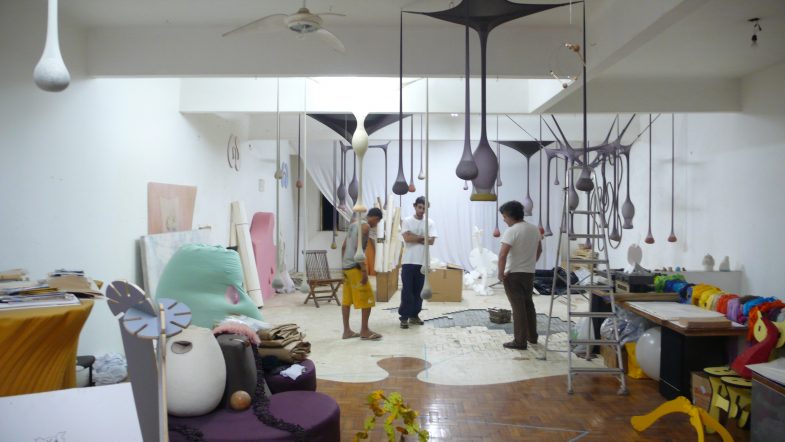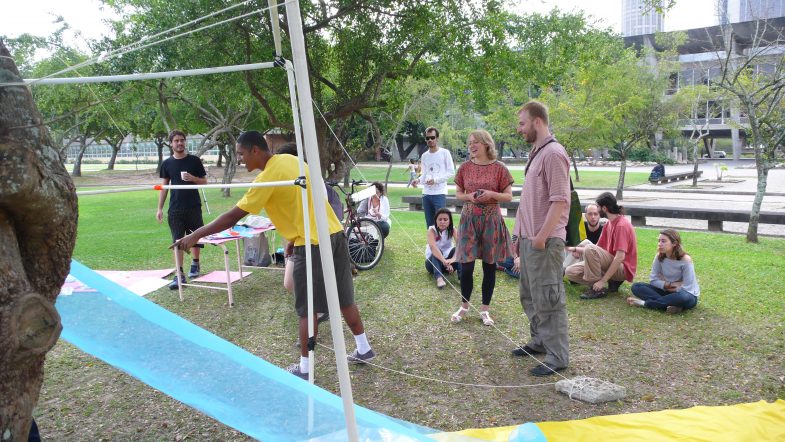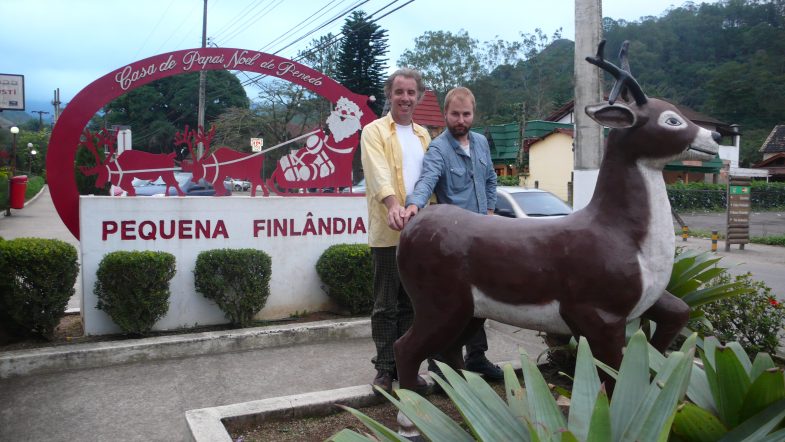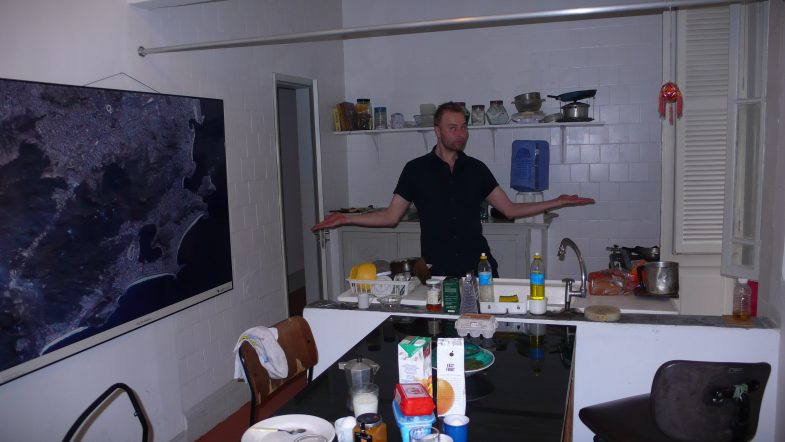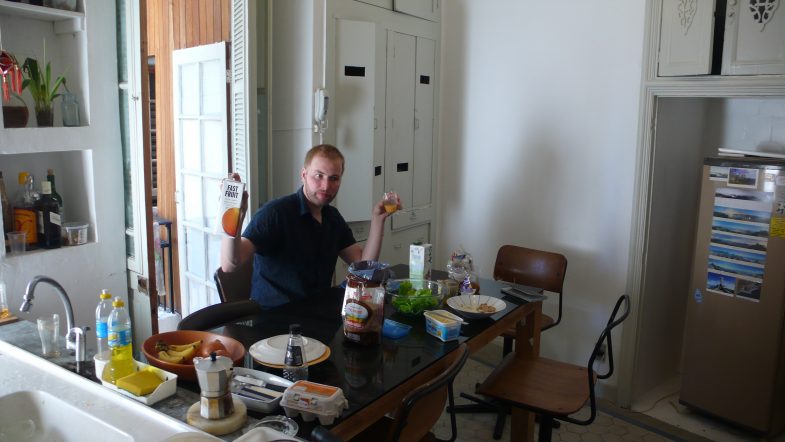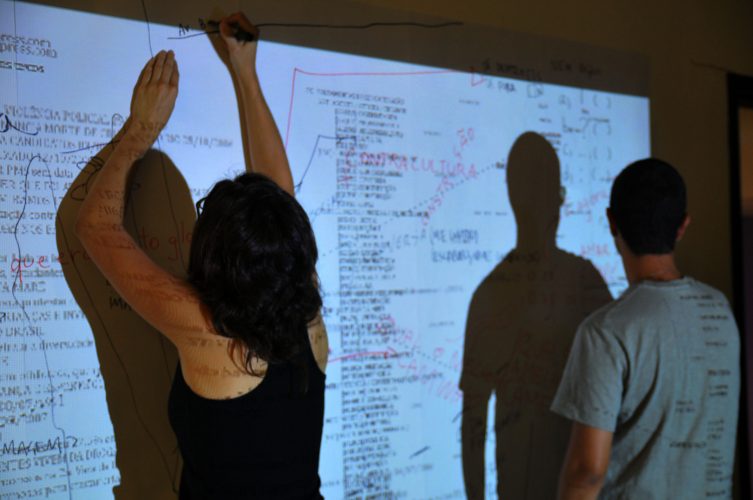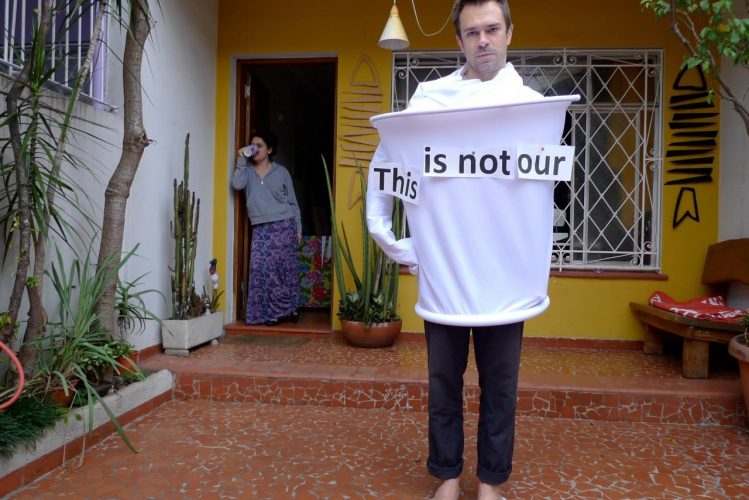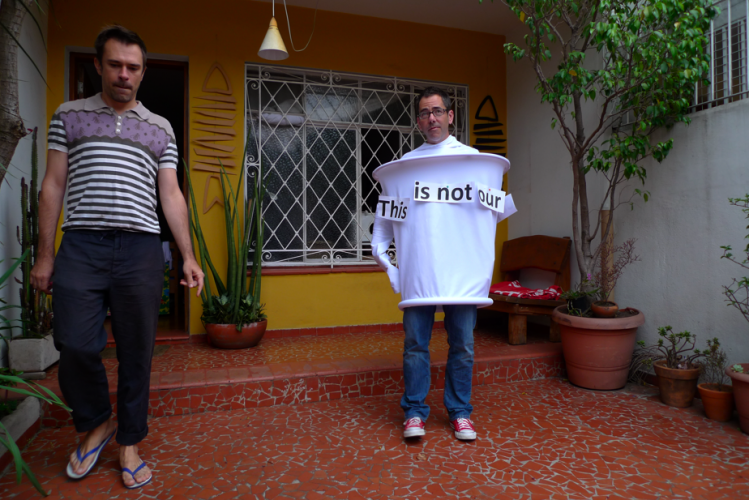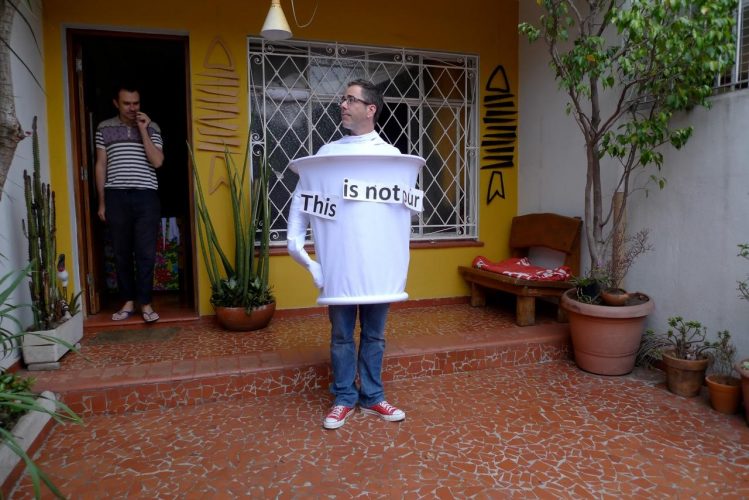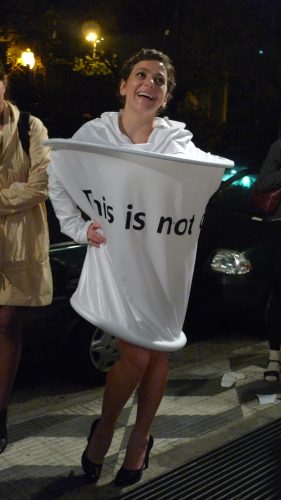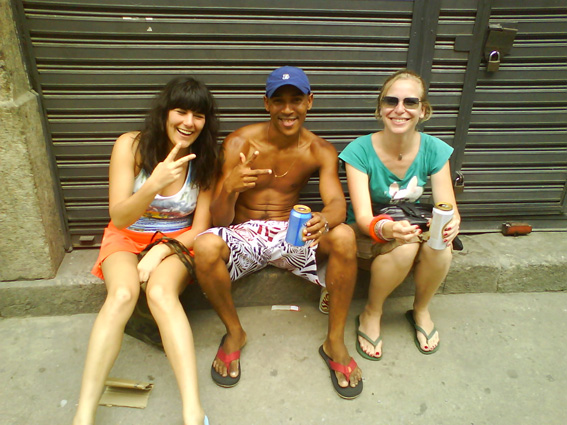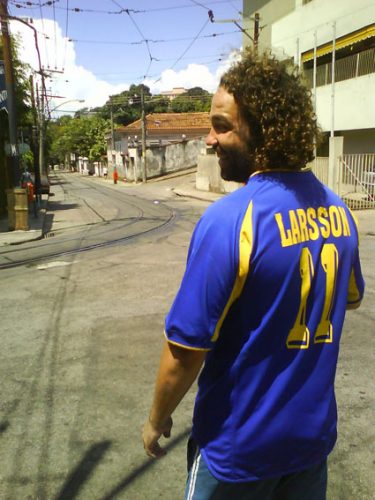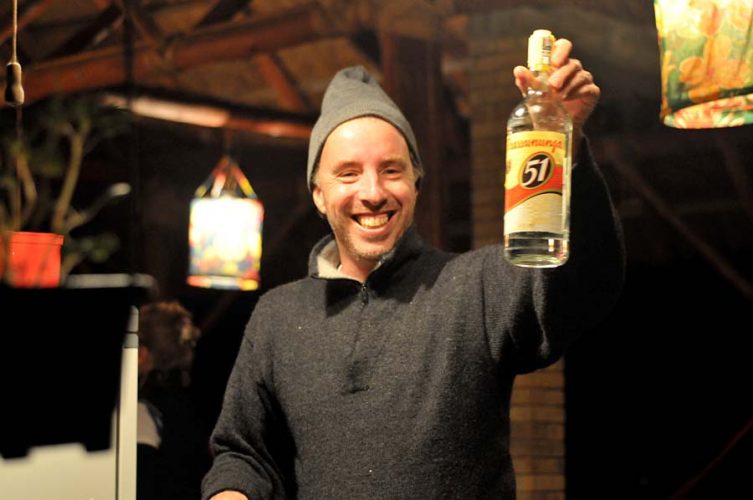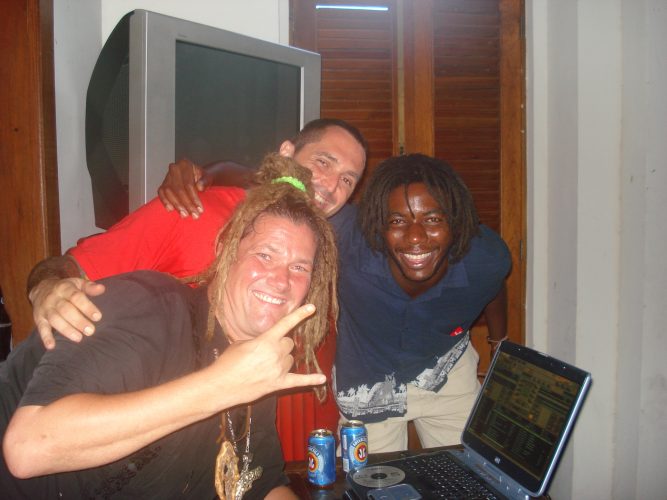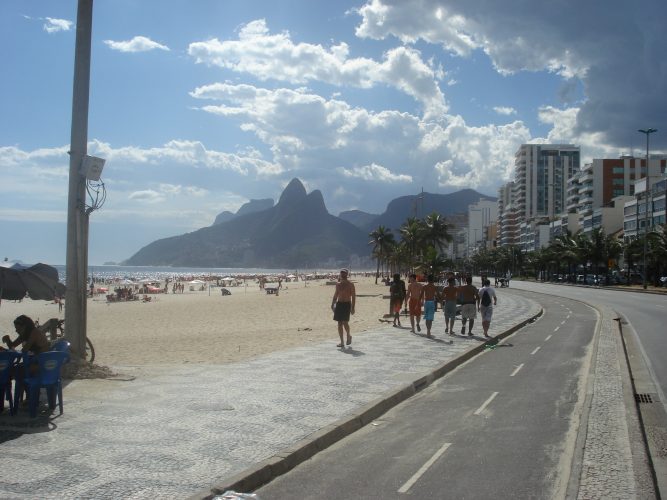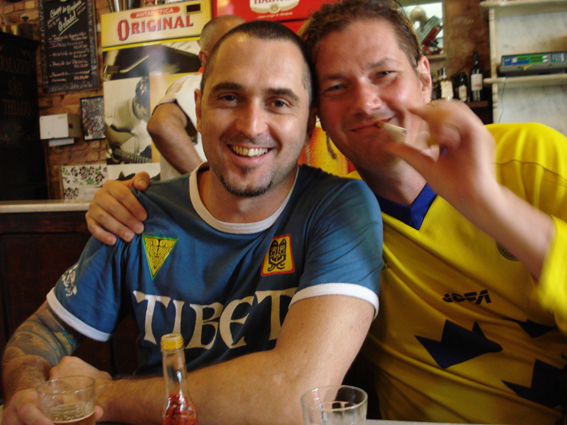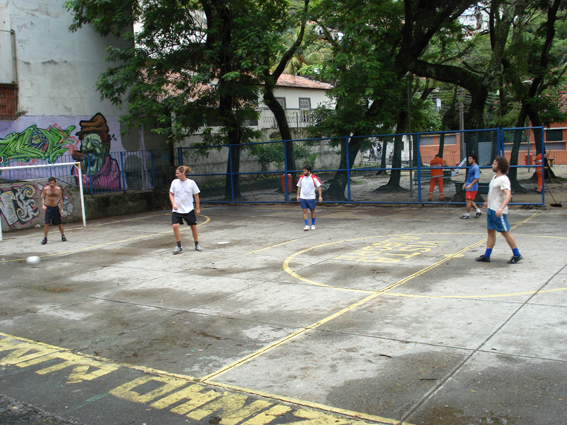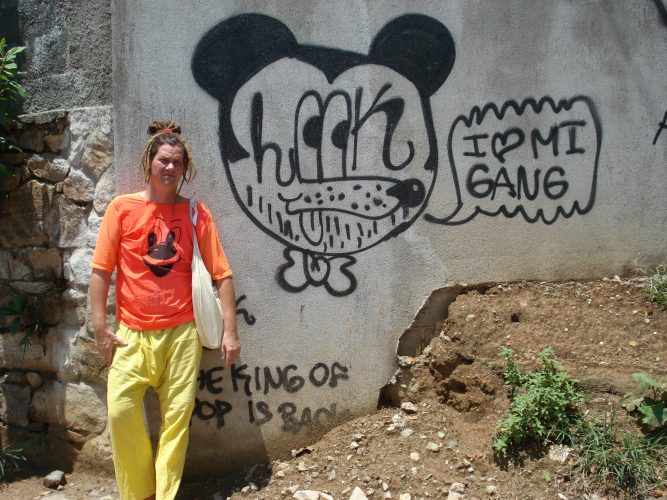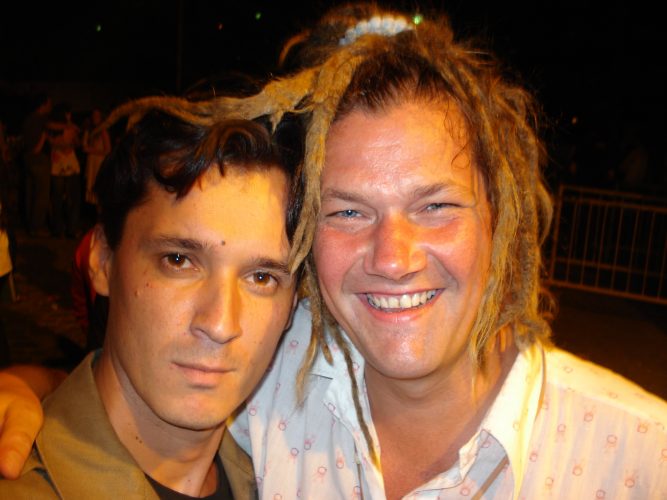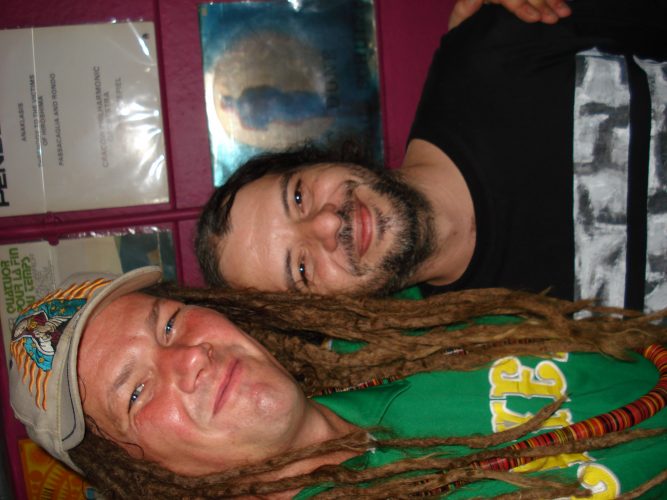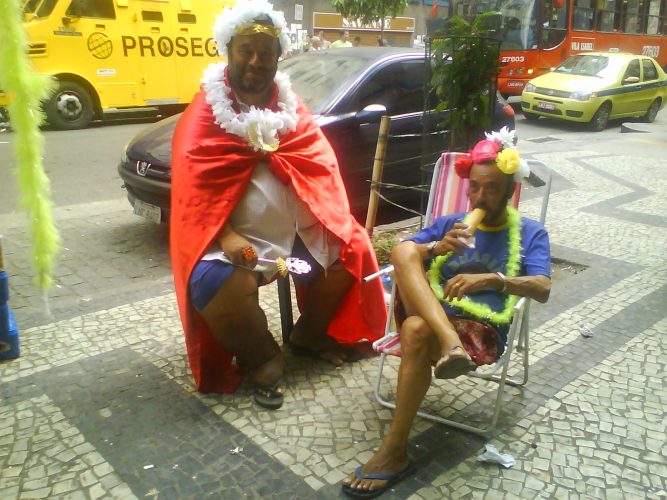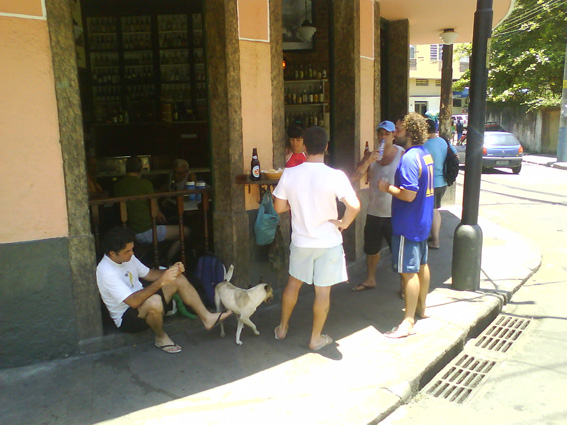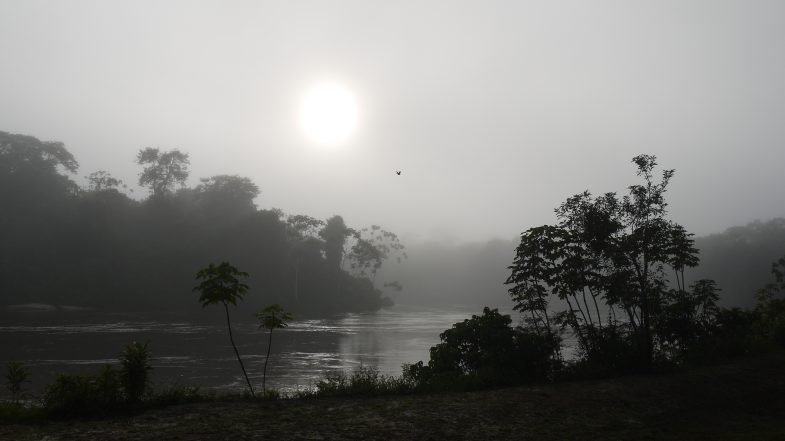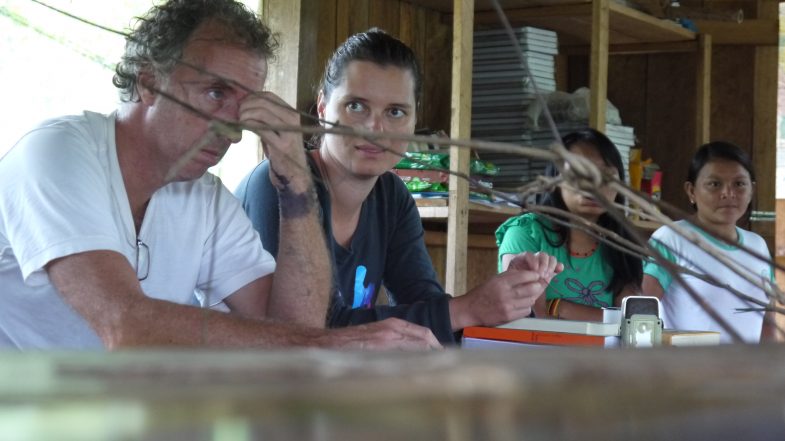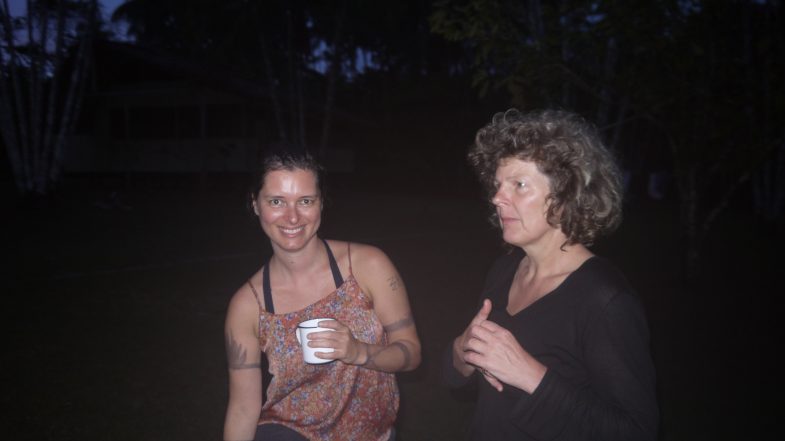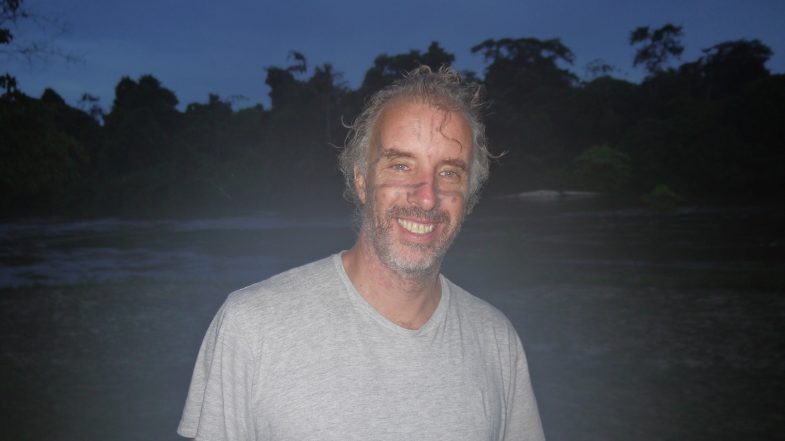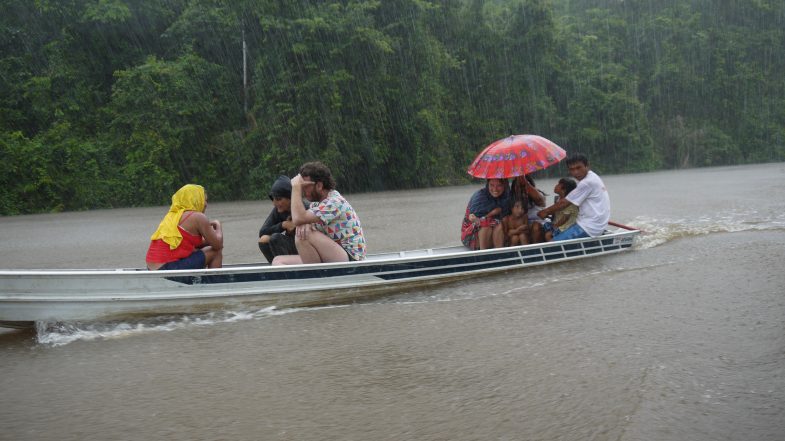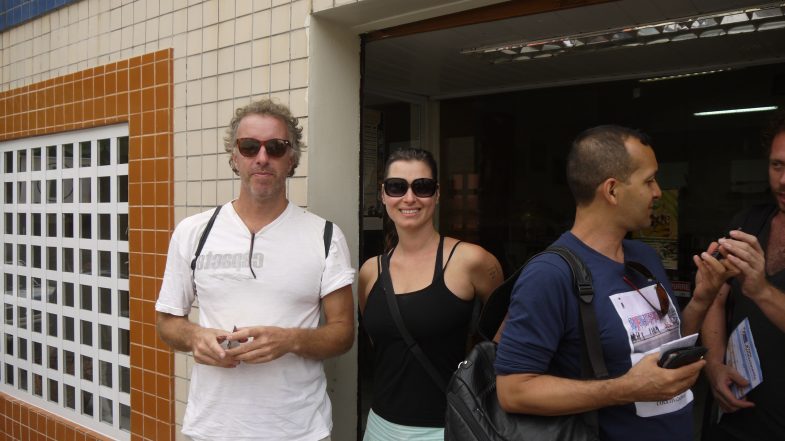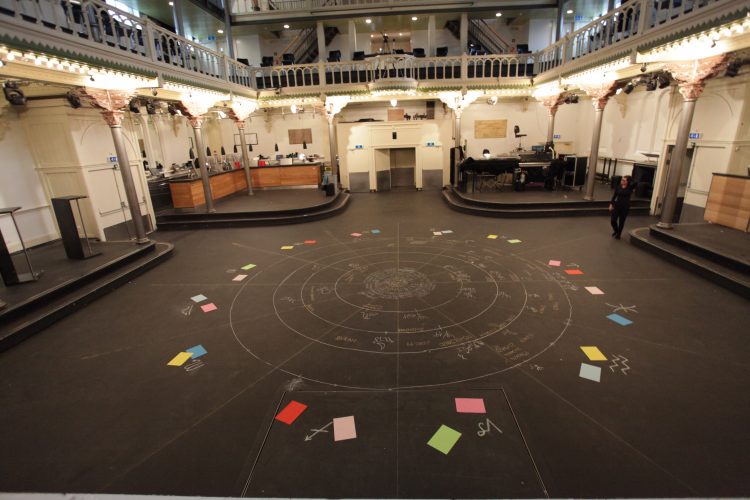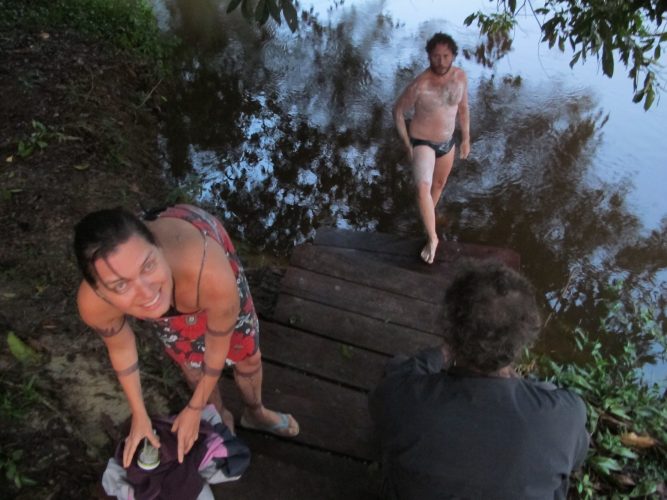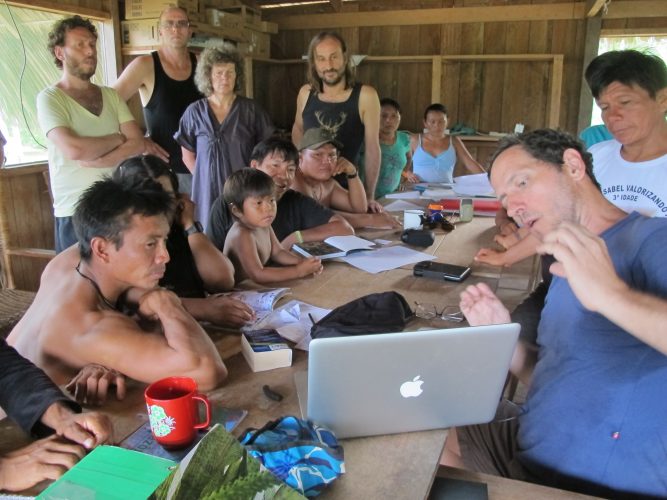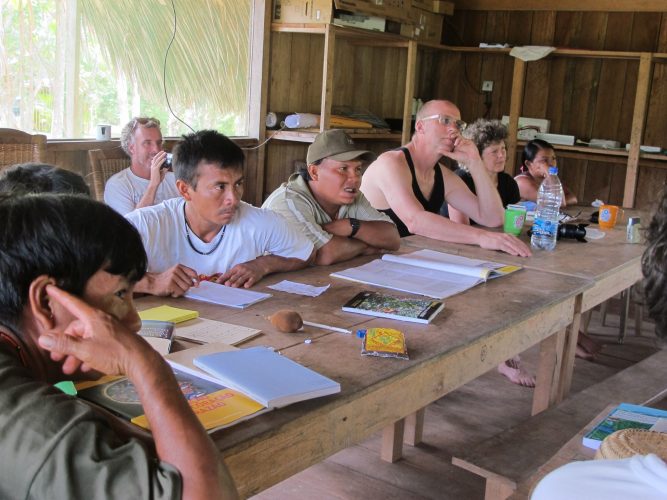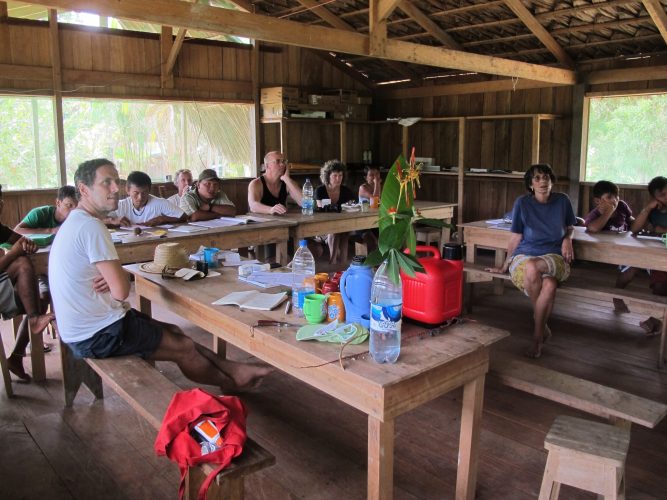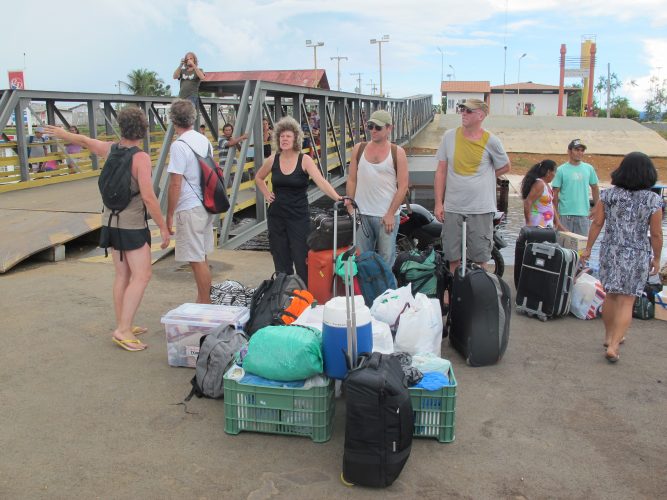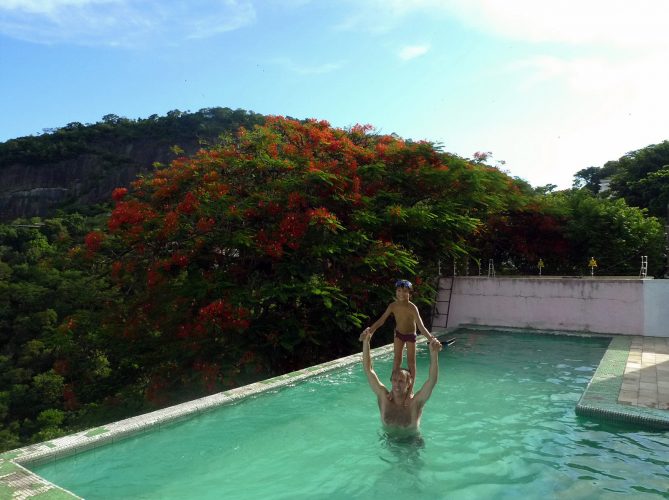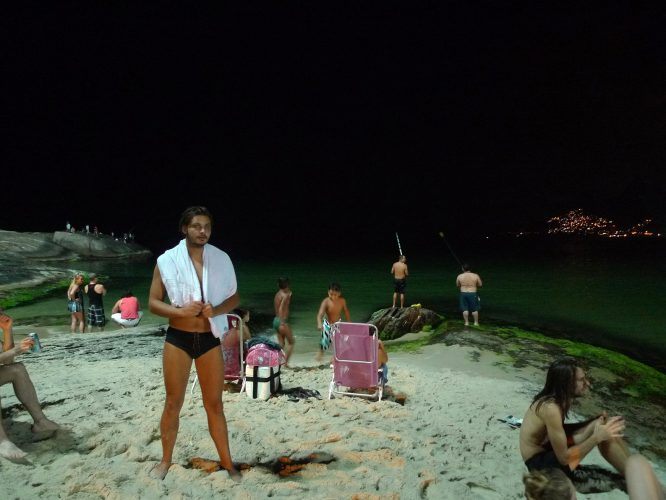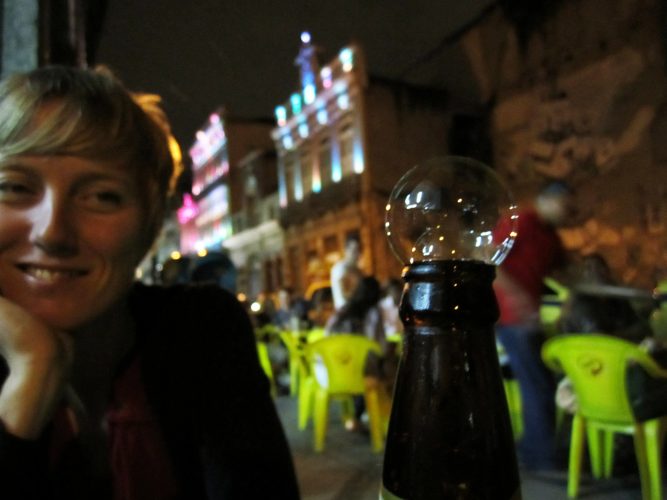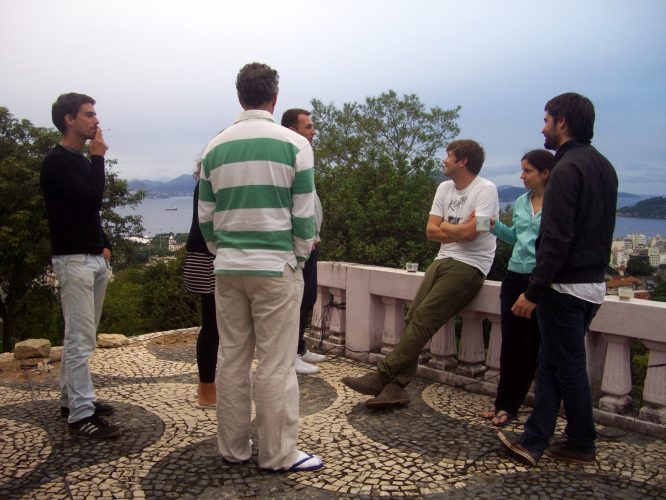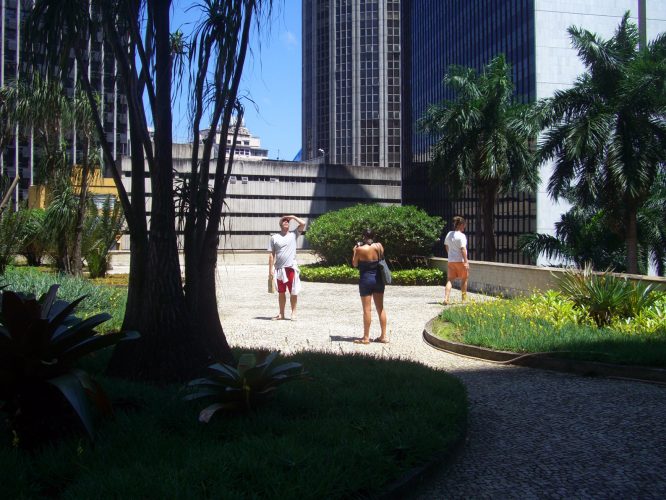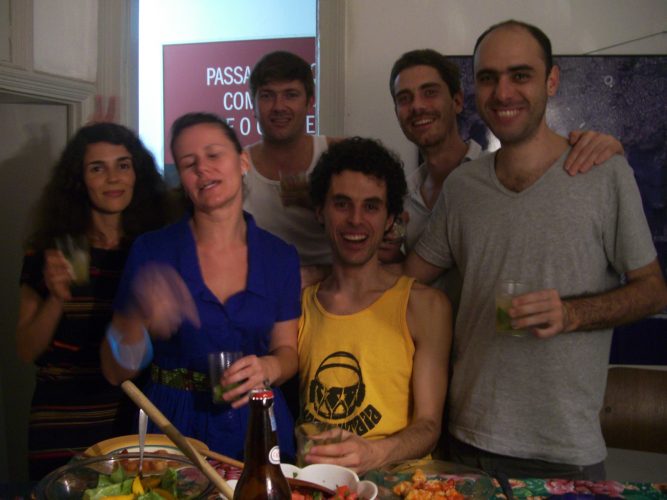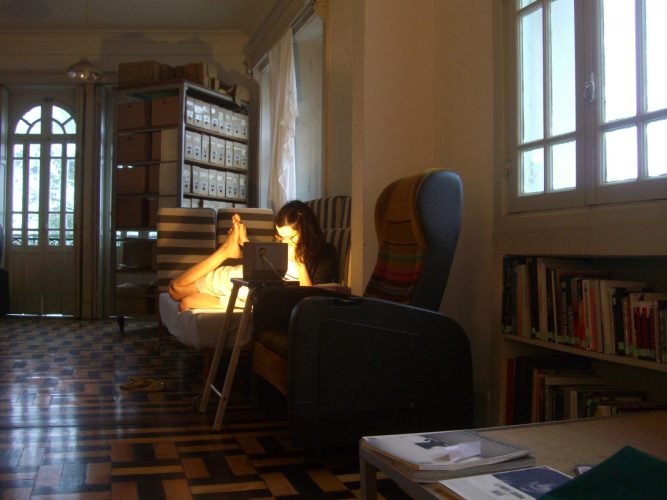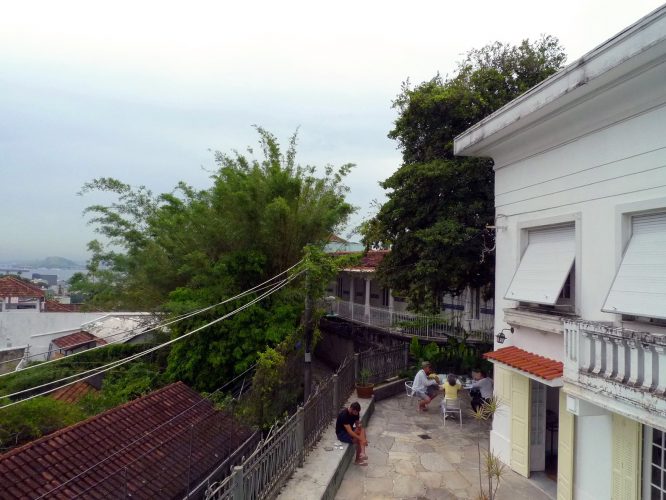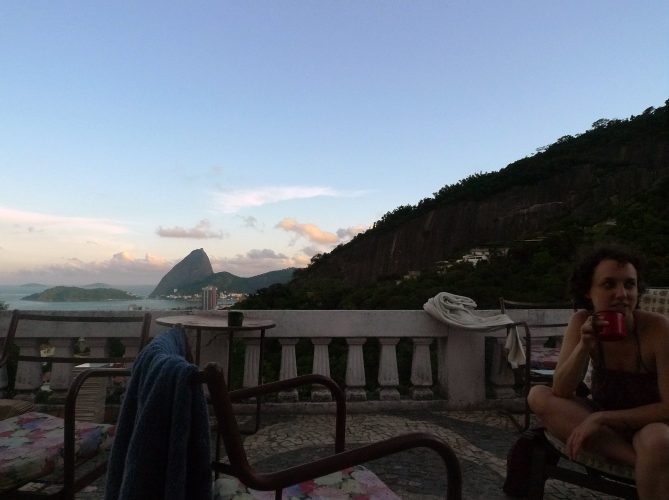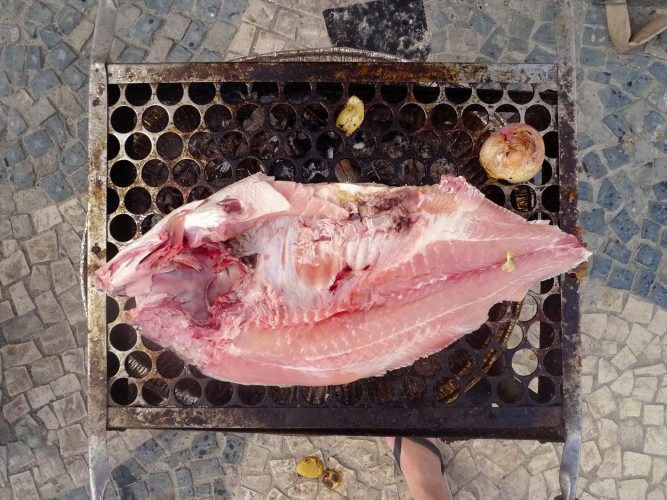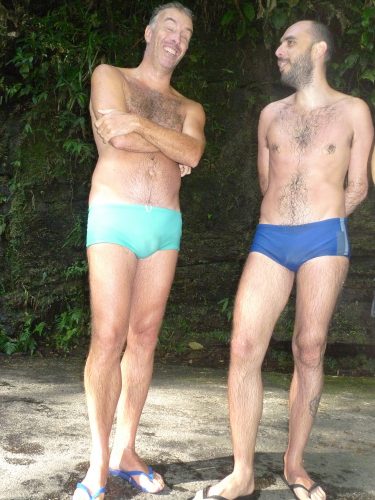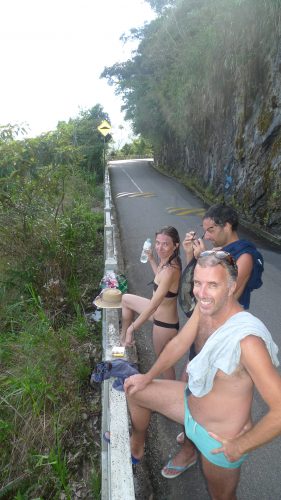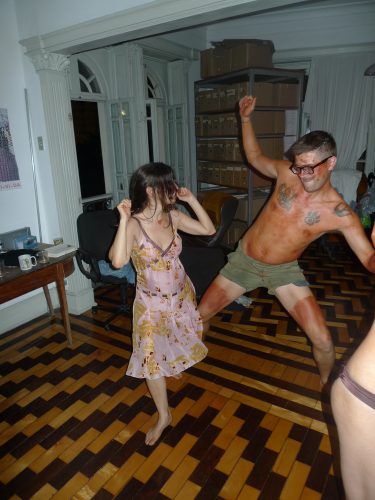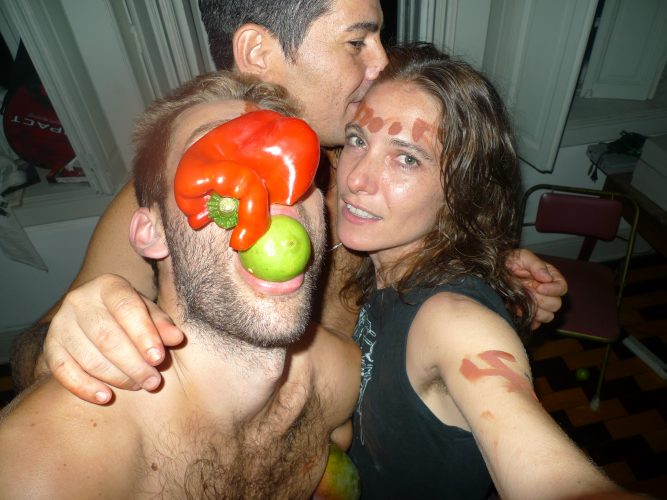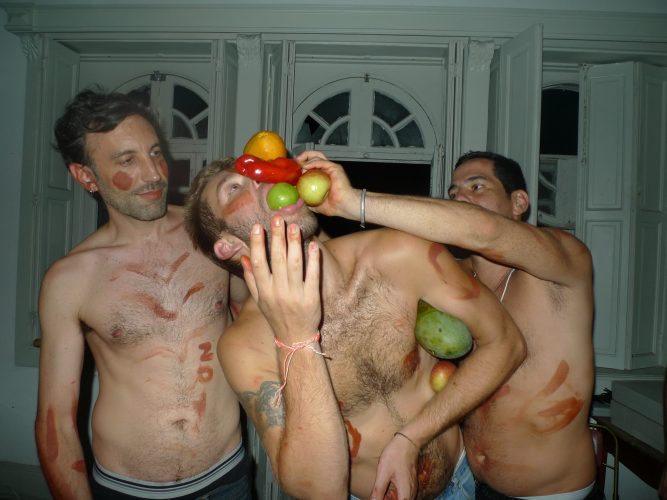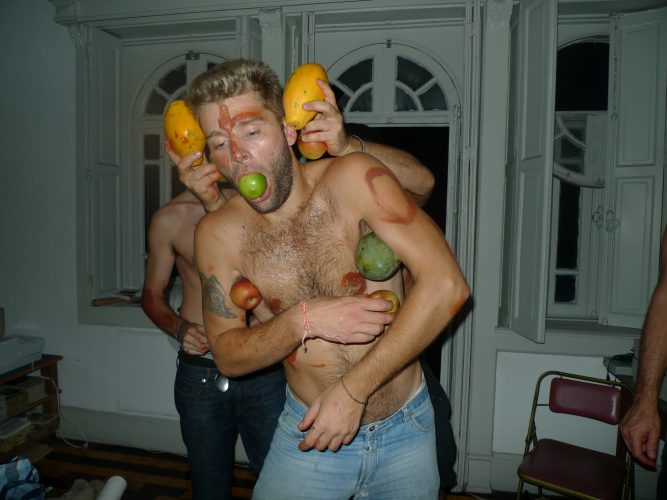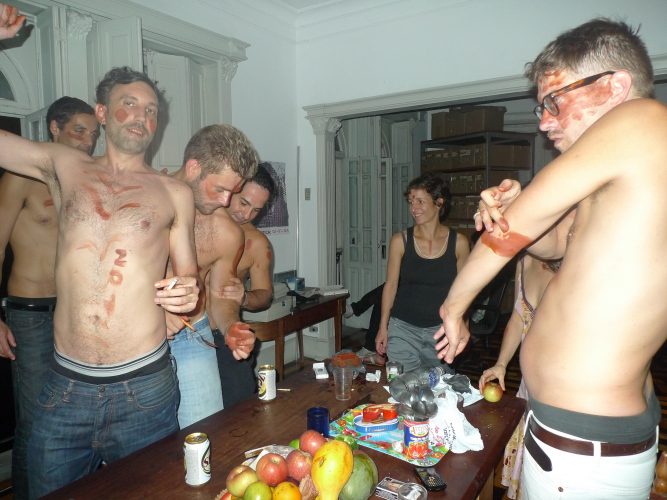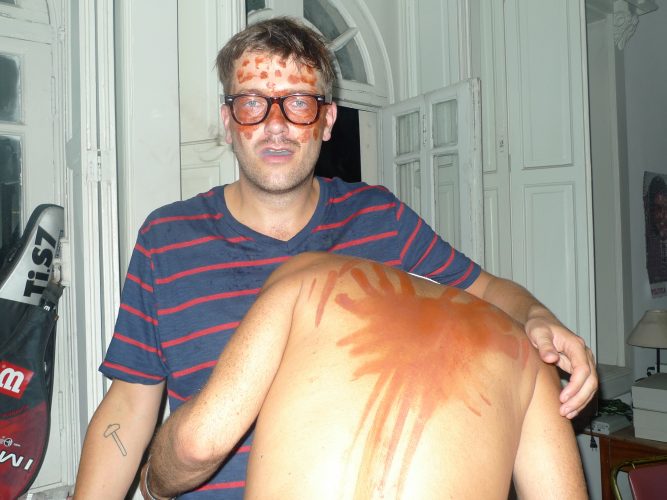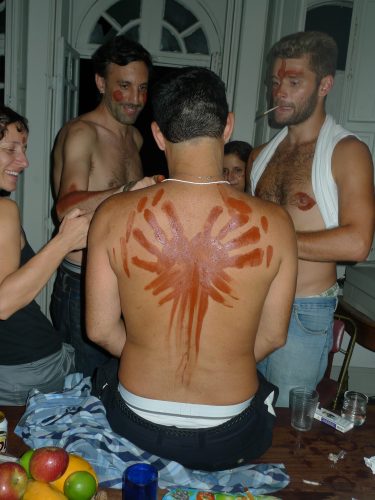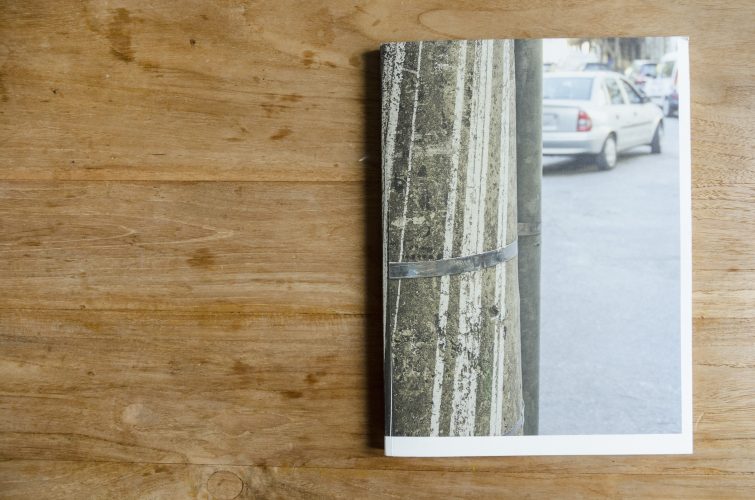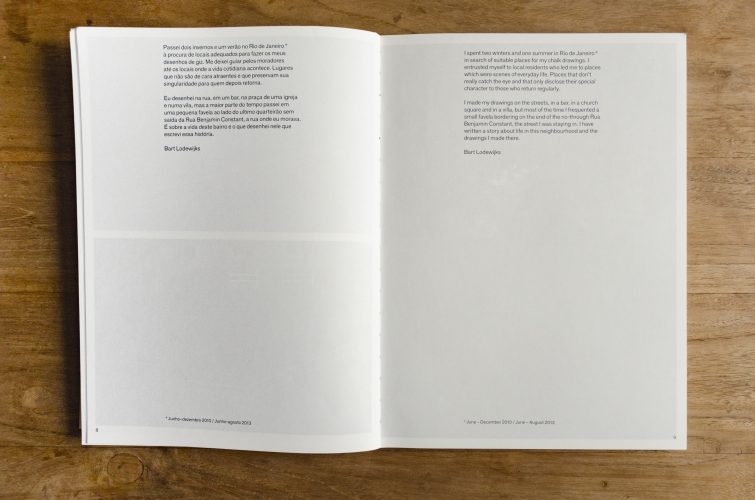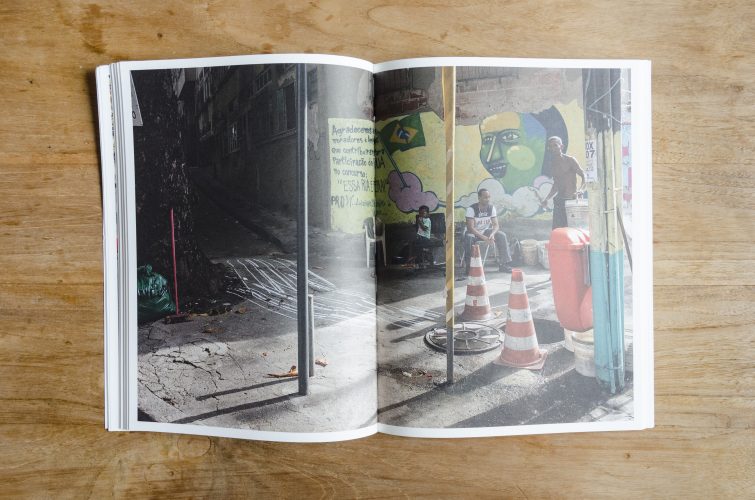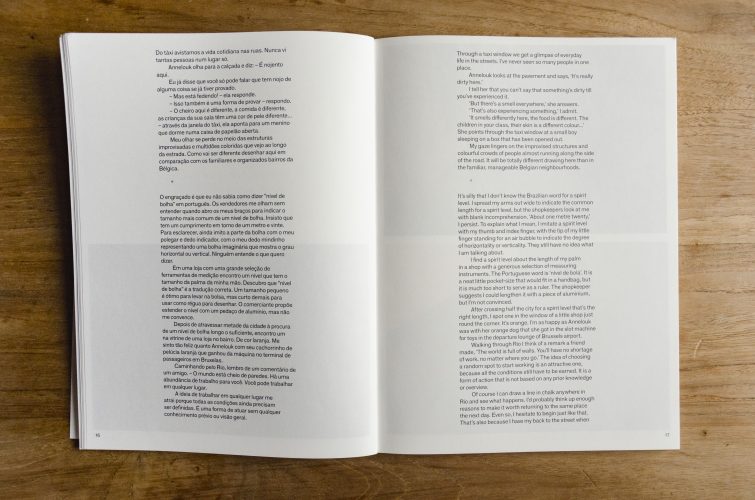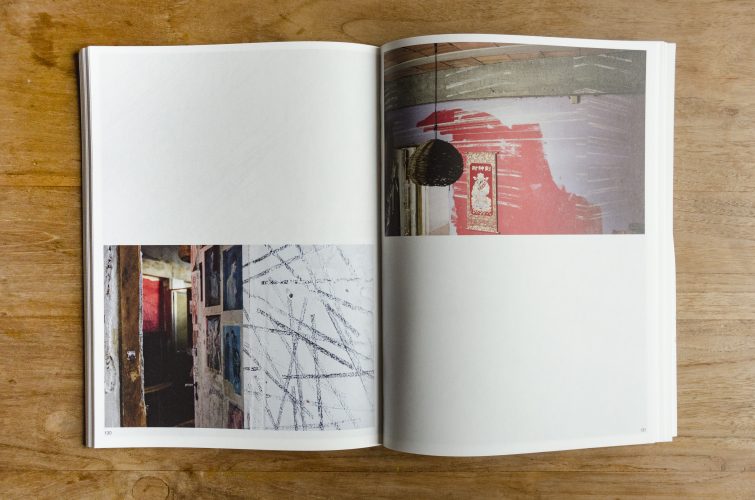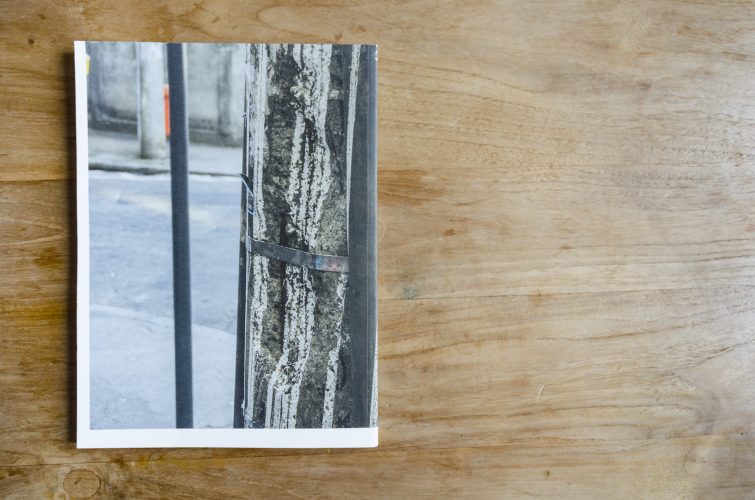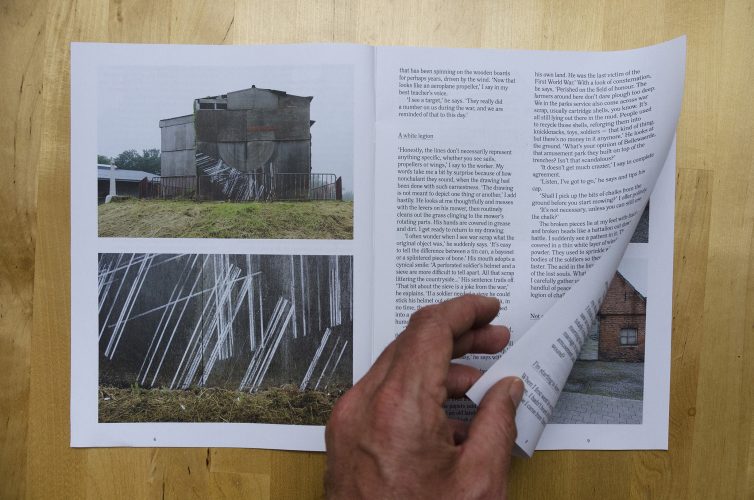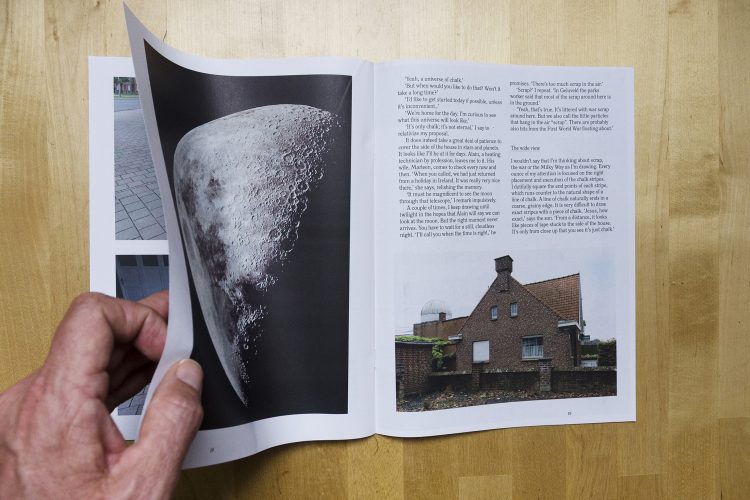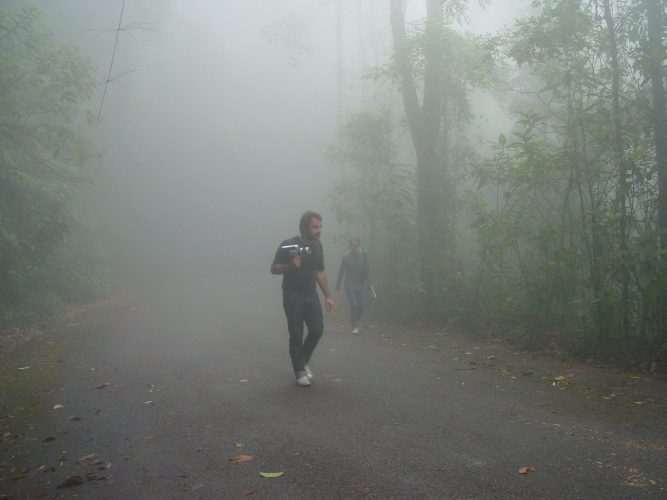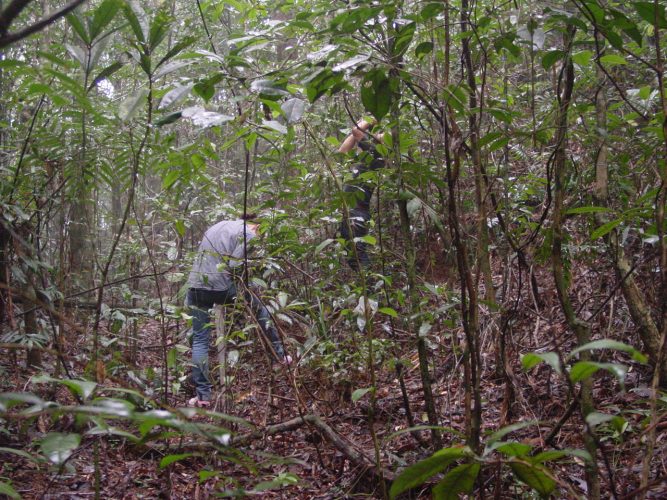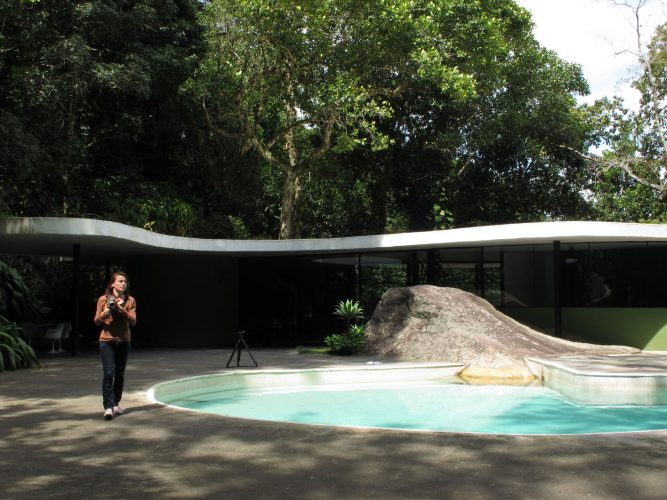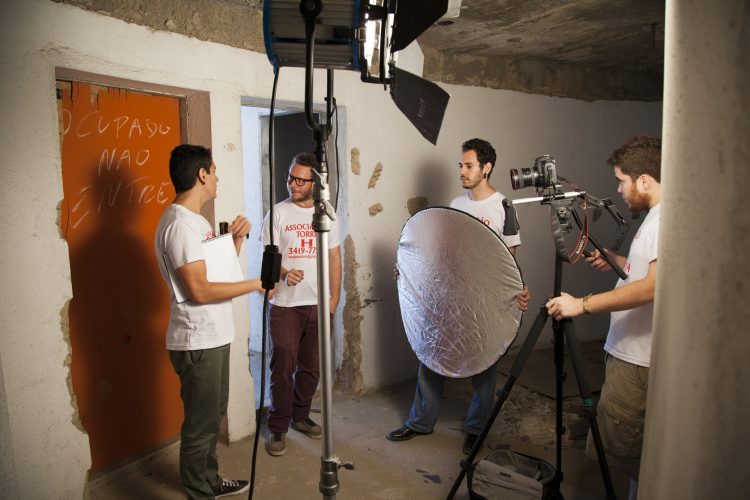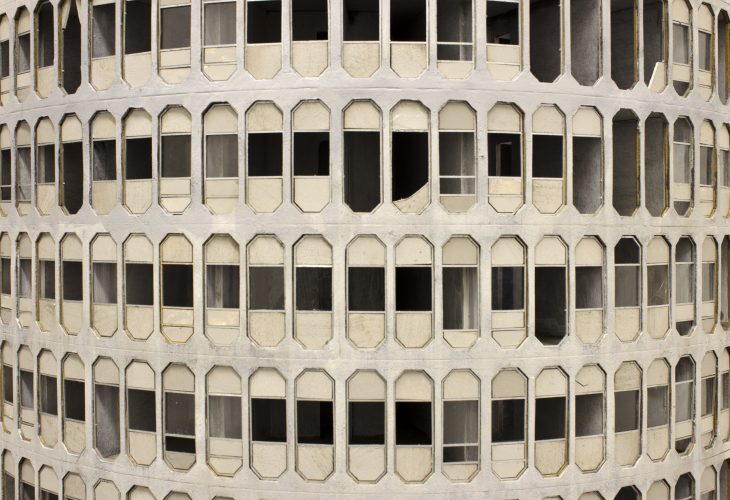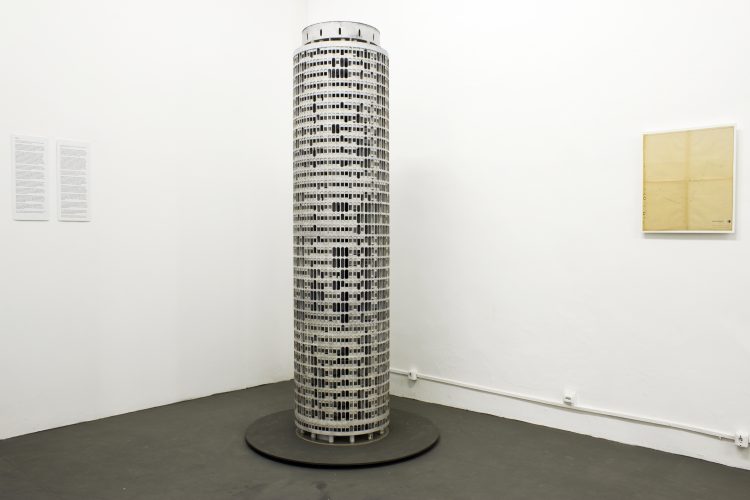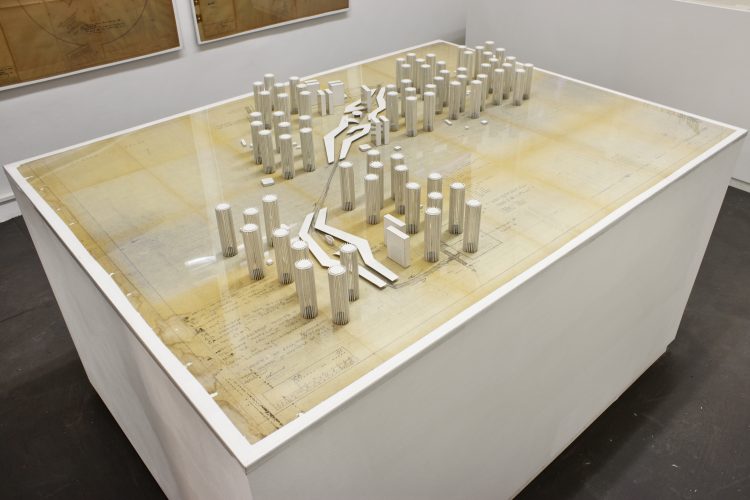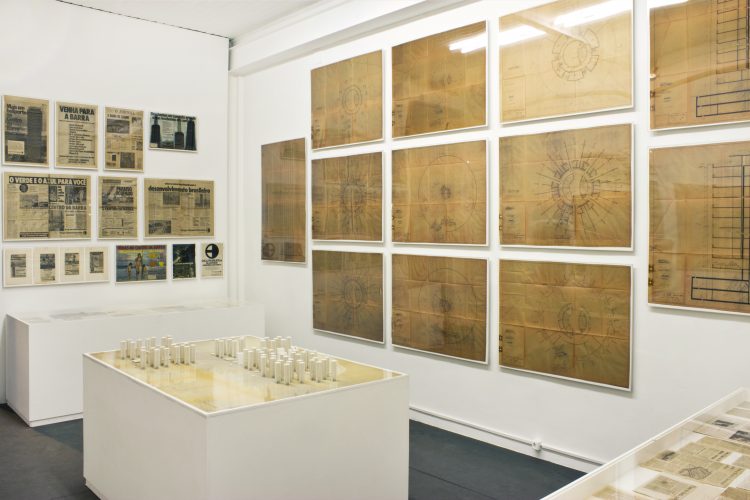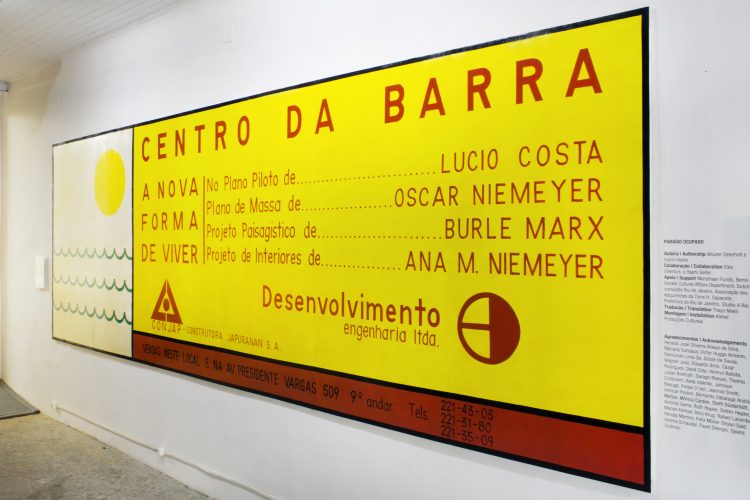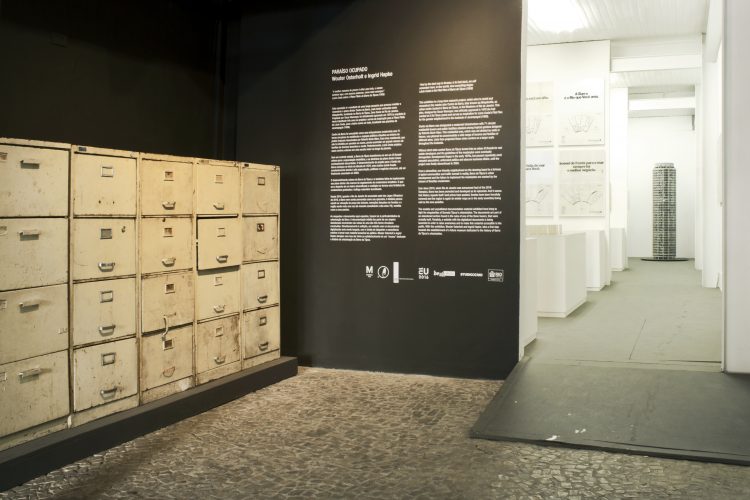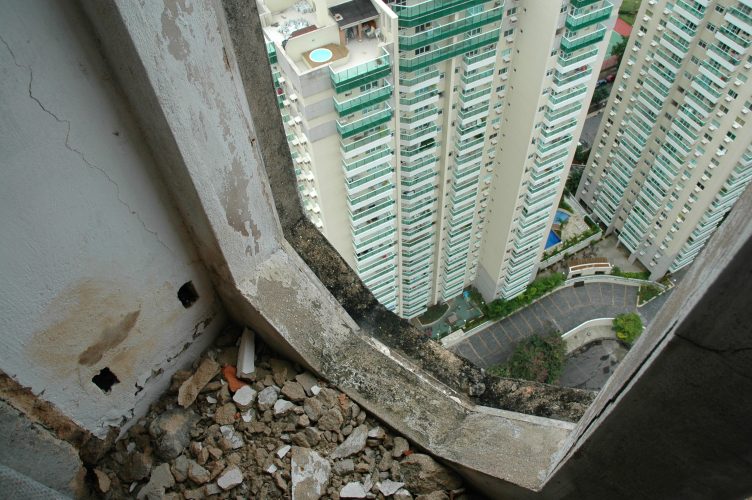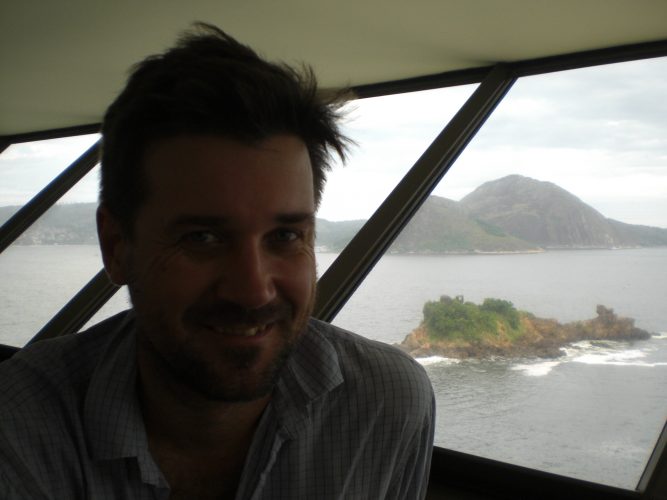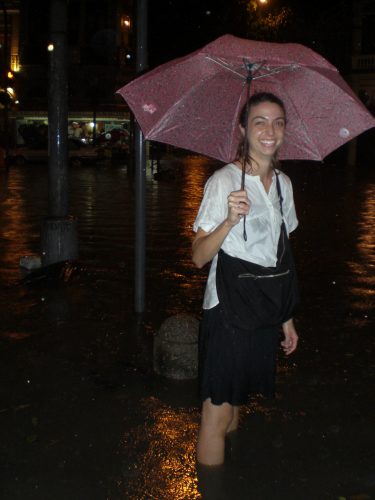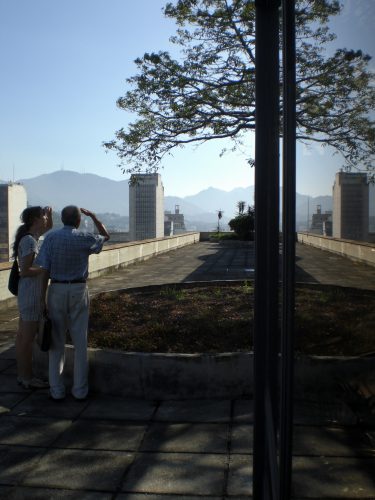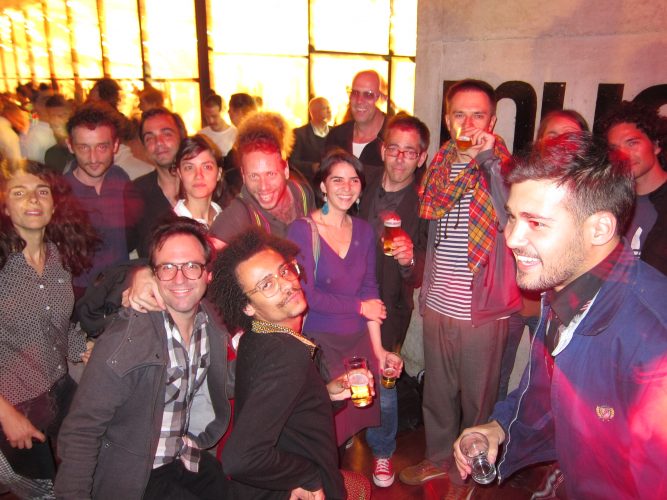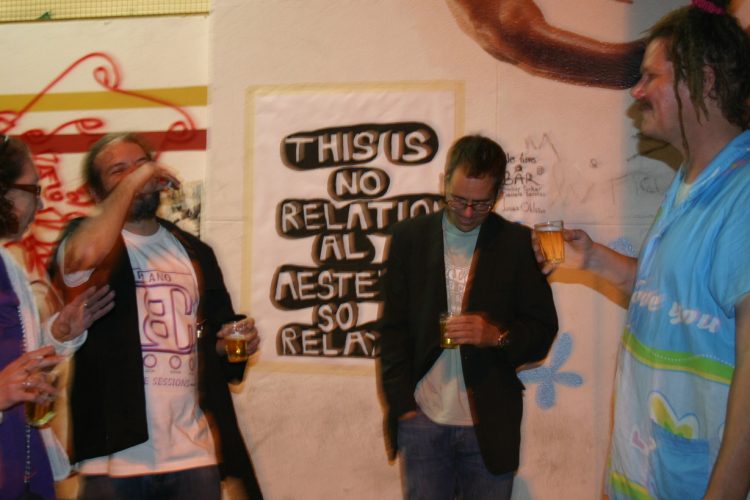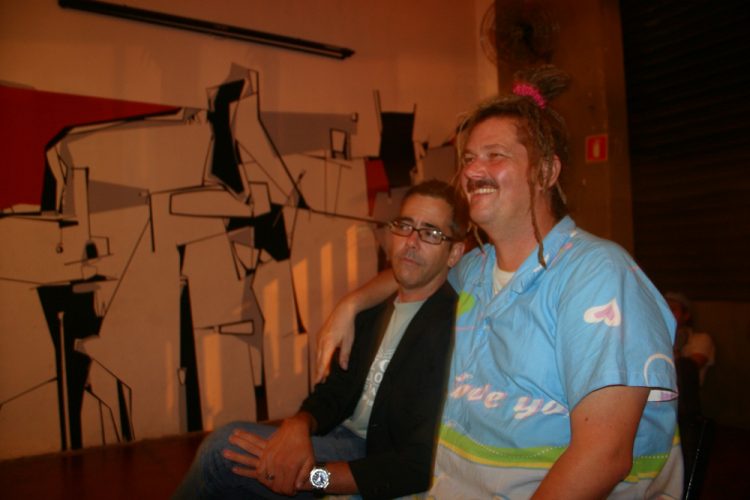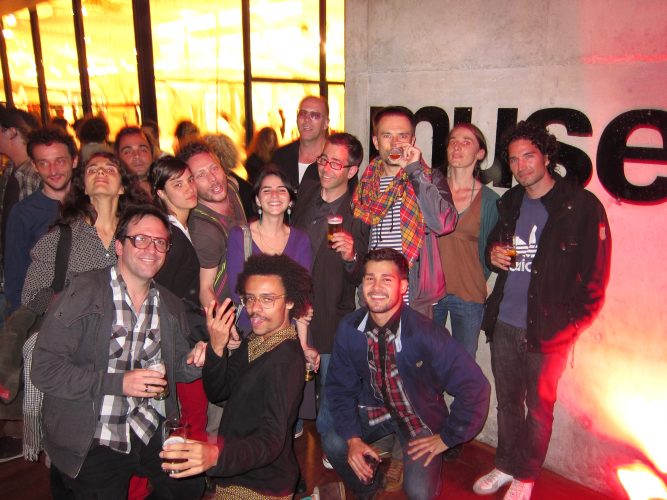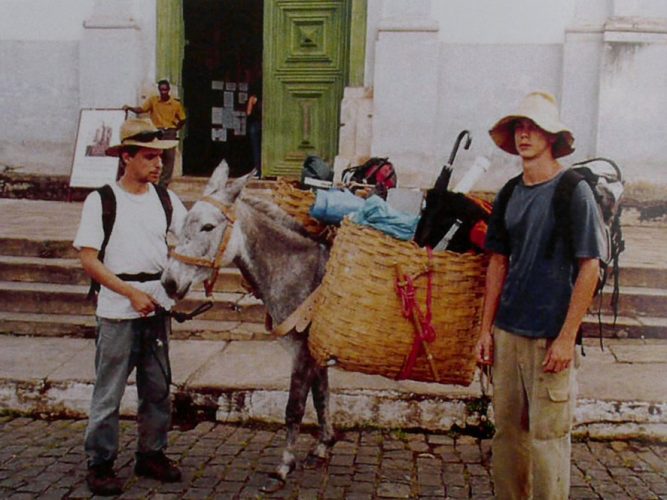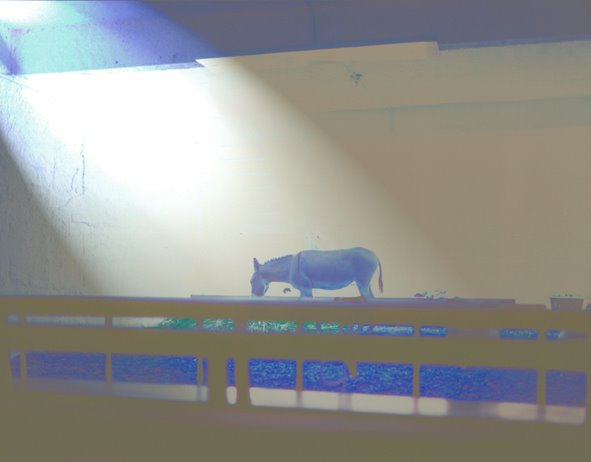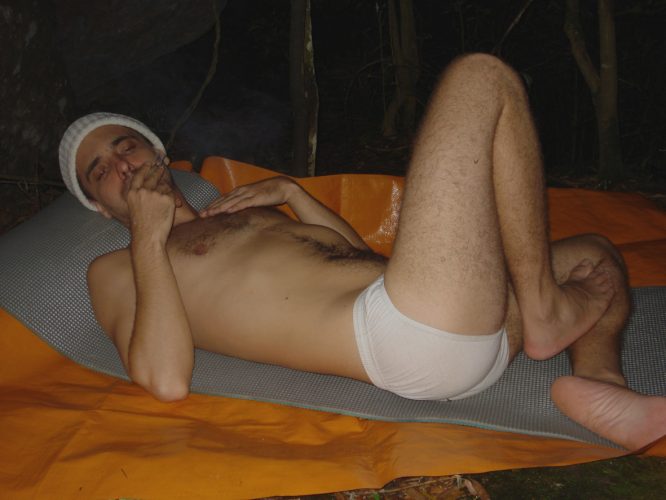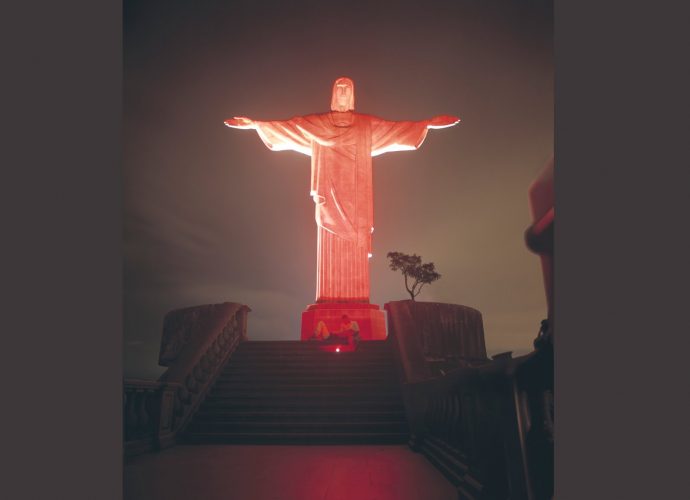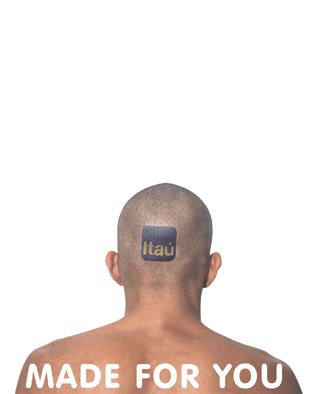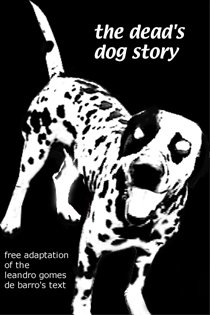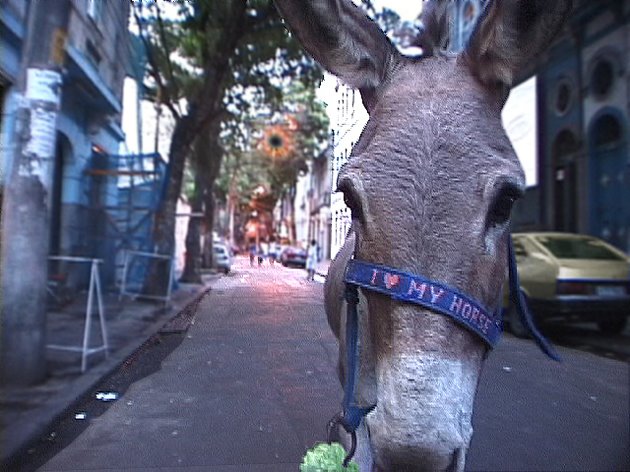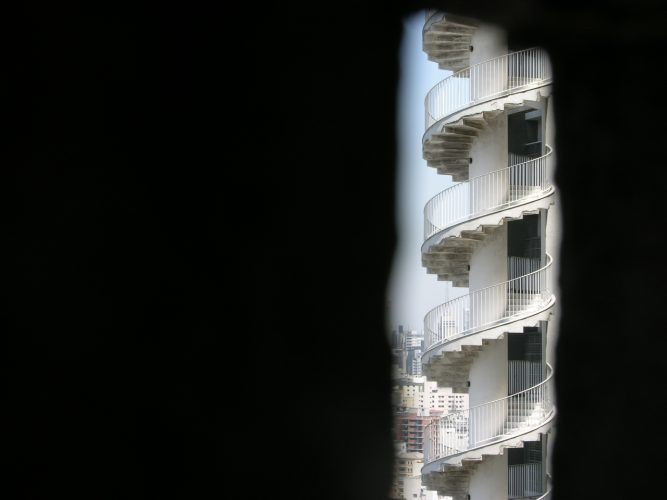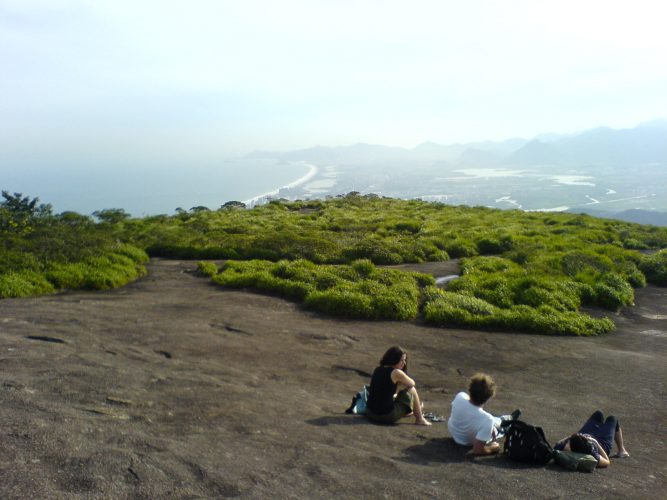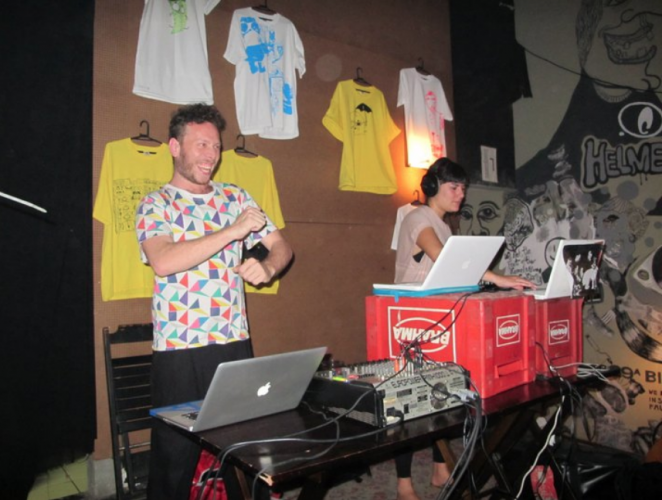Arto Lindsay
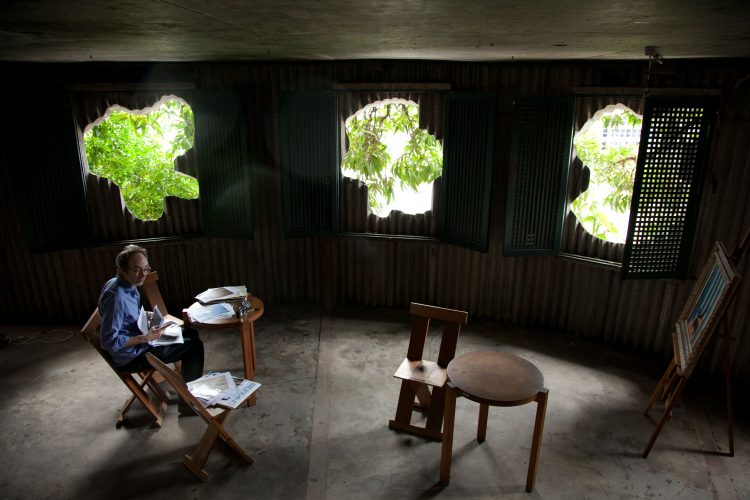
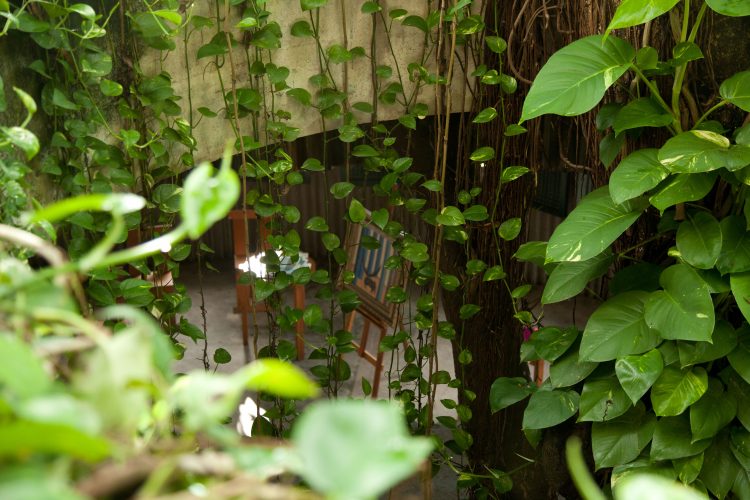
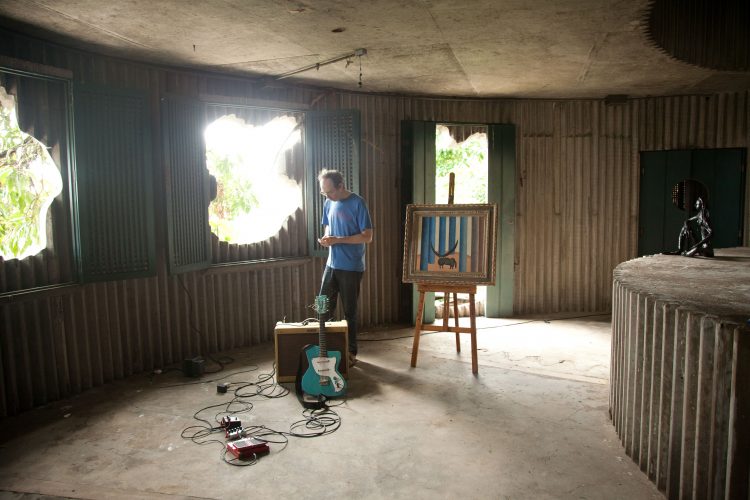
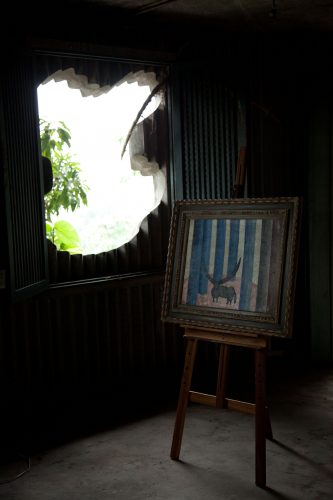
Sasha Huber
Sasha Huber is a visual artist of Swiss-Haitian heritage, born in Zurich (Switzerland) in 1975. She lives and works in Helsinki (Finland). Huber’s work is primarily concerned with the politics of memory and belonging, particularly in relation to colonial residue left in the environment. Sensitive to the subtle threads connecting history and the present, she uses and responds to archival material within a layered creative practice that encompasses video, photography, collaborations with researchers, and performance-based interventions. She has also discovered the compressed-air staple gun as a tool capable of producing visually arresting works that also functions like a symbolic weapon, offering the potential to renegotiate unequal power dynamics.
Cristina Ribas
“Capacete is many things in my life, and I have been part of it with many different intensities, along the years… starting more or less in 2007! A space for learning, producing and thinking, a (non)school, a project space, and a space for feeding up the body and the soul in all sorts of energetic levels”
Daniela Castro
[gview file=”http://capacete.org/wp-content/uploads/2010/11/CAPACETE20ANOS-PAGINAS-castro.pdf”]
…..
Agnaldo Farias
Elfi Turpin
Rafael RG
Luiza Proença
Lucia Prancha
Jorge Menna Barreto
Daniel Salomon
Raimundas Malasauskas
Tamar Guimarães
Vitor Cesar
Hans Christian Dany
Book to read – CAPACETE 10 years
[gview file=”http://capacete.org/wp-content/uploads/2010/05/livro-para-ler-20010INGLES-dany.pdf”]
…..
Hans-Christian Dany nasceu em 1966 em Hamburgo, Alemanha. Estudou arte na Hochschule für bildende Künste em Hamburgo. Desde 1989 publicou em diferentes revistas internacionais. Em 1991 fundou a revista Dank e em 1998 a revista Starship. Ele co-editou o livro dagegen dabei (against within / 1998) e co-curou a exposição Ökonomien der Zeit (economies of time), Museum Ludwig em Colónia (2002). Como artista ele participou em diferentes exposições coletivas. Primeira individual insitucional foi na Hamburger Kunsthalle (2002). Recentemente ele publlicou o livro Speed. Eine Gesellschaft auf Droge. (Speed. A society on drugs. / 2008). Trabalha como consultor pesquisador para a Jan van Eyck Academy em Maasticht e vive em Hamburgo.
Jonas Ohlsson
Jonas Ohlsson is a multi-faceted artist: he draws, makes installations and objects, but also composes music, writes texts and performs regularly as Blodfet & DJ Lonely. His visual art is just as multi-faceted. It is comprised of chaotic collections of popular and personal references. In addition to music, provocation and humour are clearly present in his work, as are sex, drugs, politics, history of art and street culture. Formal aspects, such as composition and use of colour, are – ultimately – not as important as the experiences that Ohlsson wants to evoke with his work.
Mariana Castillo Deball
Julia Rometti / Victor Costales
Mariana Lanari
“I took part in Máquina de Responder, a program that happened in parallel to the 29. São Paulo Biennial in 2010/2011. After the end of this program, a few of us remained working together on a book. Two years later, in 2013, I went to a mobile residency in the Amazone. In this trip, I met Bik van der Pol, also residents at the time, and joined their master program at the Sandberg Instituut in Amsterdam. Since then I leave in the Netherlands. It was through Capacete that I moved to the Netherlands, where I live for 5 years. It’s a radical gesture to encourage artists to not produce work during the residence. It’s a permission to slow down and rather listen, observe, interact, beliving that whatever happens in these periods will inevitably produce result in the future. Capacete is a community of people it has the magic of making you feel part of it.”
Lise Harlev
My work explores the formation of identity and the factors that help construct this feeling of identity, be it nationality, intimate relationships or political views. Though my work has taken on such different forms as silkscreen prints, enamel signs, stained glass and photography, it has always drawn aesthetically on graphic design and explored how a subjective content is expressed with an aesthetic designed for the public. At BAC I will be working on a new piece about remembering and revisiting the place where I grew up.
Cayo Honorato
Cayo Honorato (Goiânia, 1979) é professor do Departamento de Artes Visuais do Instituto de Artes da Universidade de Brasília, na área de Teoria e História da Educação em Artes Visuais. Doutor em Educação (2011) pela Universidade de São Paulo, mestre em Educação (2005) e bacharel em Artes Visuais (2000) pela Universidade Federal de Goiás. Desde 2007, tem pesquisado e publicado textos sobre a mediação cultural, no âmbito das relações entre as artes e a educação, com especial interesse pelas práticas documentárias, extrainstitucionais, assim como pela atuação dos públicos. Também colabora com o grupo Mediação Extrainstitucional, em atuação nas redes sociais. I took part of “Máquina de Responder”, the public programme run by Capacete for the 29th Sao Paulo Biennial in 2010.
“Unfortunately I have no pictures from that. It would be nice to see some of them. That was definitely a significant experience in terms of deepening in the Biennial experience, from critical and also affective perspectives.”
Anders Smebye
Bart Lodewijks
From the introduction to Rio de Janeiro Drawings:
“I spent two winters and one summer in Rio de Janeiro in search of suitable places for my chalk drawings. I entrusted myself to local residents who led me to places which were scenes of everyday life. Places that don’t really catch the eye and which only disclose their special character to those who return regularly. I made my drawings on the streets, in a bar, in a church square and in a villa, but most of the time I frequented a small favela bordering on the end of the no-through Rua Benjamin Constant, the street I was staying in. I have written a story about life in this neighbourhood and the drawings I made there”.
Louidgi Beltrami
Wouter Osterholt
“Paraíso Ocupado is a reconstruction of a failed modernist plan for an urban center located in the West zone of Rio de Janeiro. This plan, designed by Oscar Niemeyer, was officially approved in 1970 and served as inspiration for Lúcio Costa’s Pilot Plan for the greater region. All the documents in the exhibition are part of an abandoned archive found in the ruin of one of the three actually constructed circular towers. A website with the digitalized documents was launched with the exhibition, so the material became accessible to the public. This precedes the ultimate objective of Paraíso Ocupado: the establishment of a museum concerned with the urbanization history of Barra da Tijuca.”
Liz Linden
“James and I absolutely loved our time in Rio— we explored as much architecture and Burle Marx gardens as possible and I know that continues to influence both of our work. We would play chess on the street at night and drink cold beer and sweat and generally feel incredibly lucky to be artists in Rio. It is a fantastically inspiring place to be and we would love to come back, with our kids, sometime soon.”
Otto Berchem
Adriana Lara
“I was invited to stay for a month but later got an extended invitation to stay for longer. I was having such a fantastic time and it was really sad as I couldn’t stay because I had to go back to work for an artfair solo presentation. Helmut argued that I was already working by being there. It didn’t make much sense to me. On my way back to the airport from the bus I saw a grafiti which said ‘Os artistas verdadeiros estão nas ruas’, which somehow revealed to me what Helmut was trying to say. I wanted to stop the bus and go back to Capacete but I didn’t, just left trying to figure out how this reflection could leave something positive at that point.”
Jean-Pascal Flavien
Book to read – CAPCETE 10 years
Born 1971 in Le Mans, France. Lives and works in Berlin. Jean-Pascal Flavien’s practice combines elements from architecture, sculpture, and the performative, to create works that are both precise and concrete but also poetic and evocative. The models of houses, for example, are generated from settings imposed by the artist. Like preliminary sketches of large-scale paintings, his models for houses are maquettes for possible scenarios and perhaps views from the past or future of these fictional buildings. His altered domestic objects, such chairs, tables, outlets or blinds draw attention to the way in which design and architecture shape our experience of space but also how they can more fundamentally determine our experience of ourselves and of others.
Ed Ducha
Adriana Pineda
Adriana es Maestra en Artes Plásticas de la Universidad Nacional de Colombia, Medellín. Es fundadora y gestora de Taller 7, proyecto auto gestionado que se propone como laboratorio y plataforma para la discusión, producción y promoción de las prácticas artísticas y el intercambio de ideas locales y foráneas, desarrollando proyectos colectivos e invitando artistas en calidad de residentes o expositores. Se ha desempeñado como Directora de producción del 44 Salón Nacional de Artistas, Pereira (2016), Coordinadora general de montaje, I Bienal de Arte de Cartagena -Biaci (2014), y productora general de ARCO COLOMBIA (2015). Adriana fue investigadora para el Museo Casa de la Memoria de Medellín, en donde curó la exposición Relatos desde la Frontera (2014).
Santiago Garcia Navarro
Book to read – CAPACETE 10 years
[gview file=”http://capacete.org/wp-content/uploads/2010/04/livro-para-ler-2010INGLES-santiago.pdf”]
….
I’m teaching at the Art Program of Torcuato Di Tella University, Buenos Aires. I’m also writing, curating some exhibitions, and organizing two readers on contemporary art.
[ess_grid alias=”Galeria de foto” layers='{“custom-image”:{“00″:”4627″,”01″:”4625″,”02″:”4623″,”03”:”4621",”04″:”4619″,”05″:”4615″,”06″:”4613",”07″:”4611″},”custom-type”:{“00″:”image”,”01″:”image”,”02″:”image”,”03″:”image”,”04″:”image”,”05″:”image”,”06″:”image”,”07":”image”},”use-skin”:{“00″:”-1″,”01″:”-1″,”02″:”-1″,”03″:”-1″,”04″:”-1″,"05″:”-1″,”06″:”-1″,”07″:”-1″}}’][/ess_grid]
Amilcar Packer
…..
Amilcar Packer nasceu em Santiago do Chile em 1974 e mudou-se para o Brasil em 1982. Formado em Filosofía pela Universidade de São Paulo, é mestrando em Psicologia Clínica pelo Núcleo de Estudos da Subjetividade da PUC São Paulo. Packer desenvolve uma prática que reconfigura os campos semânticos de objetos, arquiteturas e corpos humanos por meio de ações e intervenções, fotografías, vídeos, instalações, e apresentações em diversos formatos que estabelecem campos relacionais e que buscam subverter as gramáticas normativas dos espaços sociais e os mecanismos históricos de poder. Suas atividades visam neutralizar discursos dominantes, e contribuir para desinstalar dispositivos de opressão instituídos e cristalizados na partilha cultural do sensível – com sua correlata segregação do espaço –; na sedimentação de estruturas de poder – e sua naturalização na linguagem; e nos padrões sociais e socializantes de comportamento – que impõem políticas de homogeneização das subjetividades.
Suely Rolnik
Ligia Nobre
book to read – CAPACETE 10 years
[gview file=”http://capacete.org/wp-content/uploads/2005/11/livro-para-ler-2010INGLES-ligia.pdf”]
….
Ligia Nobre é arquiteta e pesquisadora, graduada pela FAU-Mackenzie (São Paulo) e mestra em História e Teoria da Arquitetura Contemporânea pela Architectural Association School of Architecture (Londres). Em 2007/08 trabalhou com pesquisa urbana e ensino no Studio Basel – Contemporary City Institute/Departamento de Arquitetura da Universidade ETH Zurich (Basiléia). Co-fundou e dirigiu com Cécile Zoonens a plataforma cultural sem fins lucrativos exo experimental org. (São Paulo, 2002 – 2007) que promoveu projetos experimentais nas áreas de urbanismo, artes visuais e questões sociais, através de publicações, seminários, workshops, exposições e residências. Foi responsável pela coordenação editorial do livro do artista Peter Friedl Trabalhando no Copan / Working at Copan (Steimberg, 2007), e é co-autora de artigo sobre arquitetura brasileira contemporânea para futura publicação da editora Phaidon (Londres, 2009), dentre outros.
Kazuo Nakano é arquiteto urbanista, graduado pela FAU- USP, com pós-graduação em gestão urbana e ambiental pelo Institute for Housing and Urban Development – IHS de Rotterdam, Holanda, e mestre em Estruturas Ambientais e Urbanas pela FAU – USP. Trabalhou no Centro Brasileiro de Análise e Planejamento – CEBRAP e foi Gerente de Projeto da Secretaria Nacional de Programas Urbanos do Ministério das Cidades. Atua como técnico do Pólis – Instituto de Estudos, Formação e Assessoria em Políticas Sociais desenvolvendo pesquisas urbanas e coordenando assessorias técnicas em diversas cidades brasileiras na elaboração de planos diretores participativos. Tem artigos sobre esse assunto publicados em livros e periódicos especializados.
